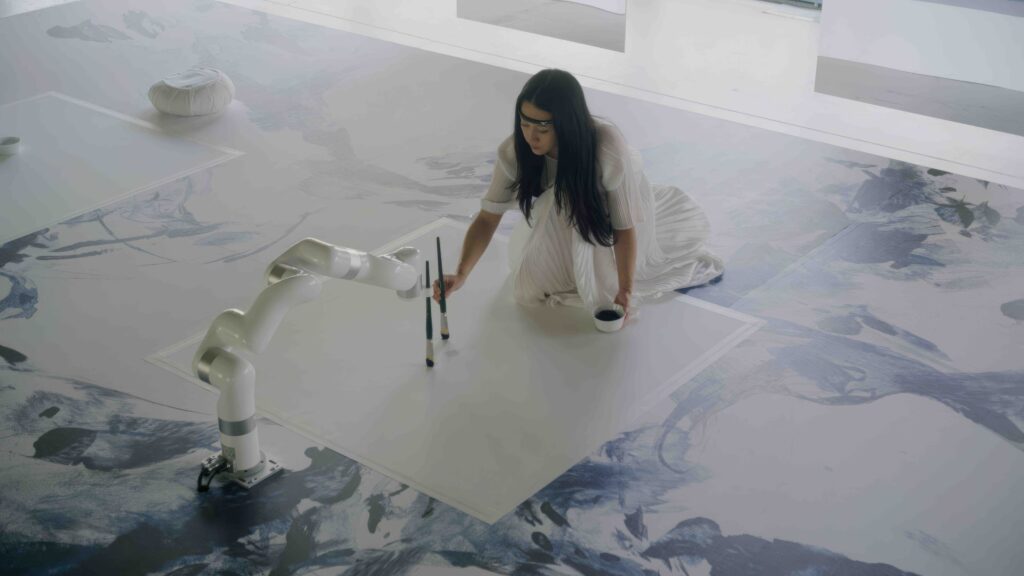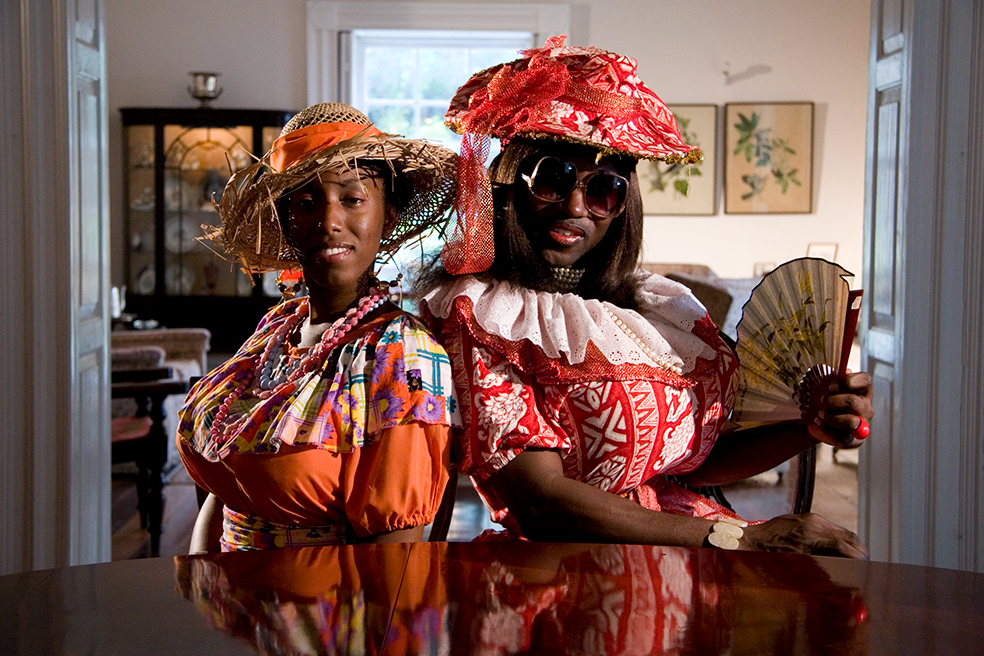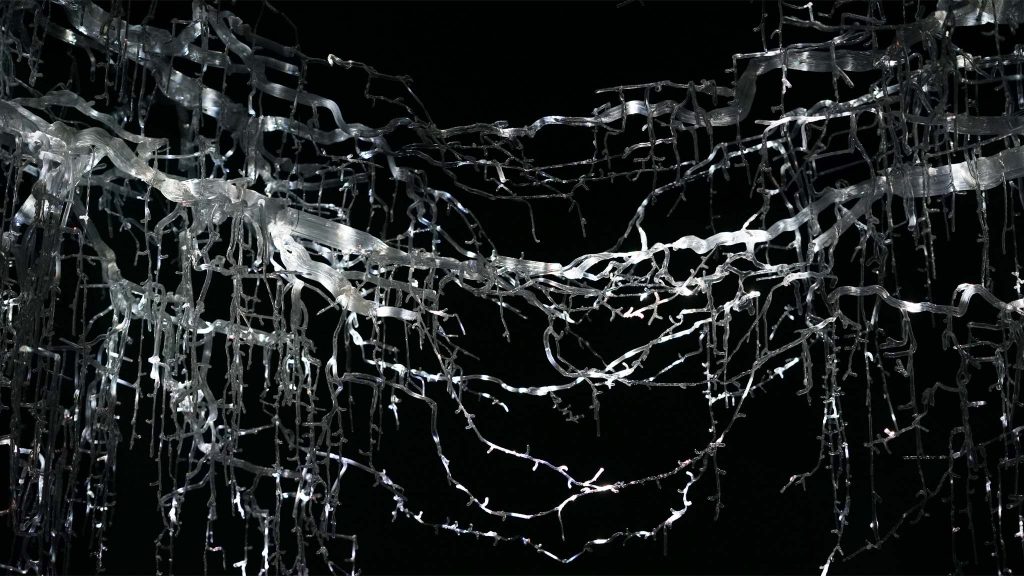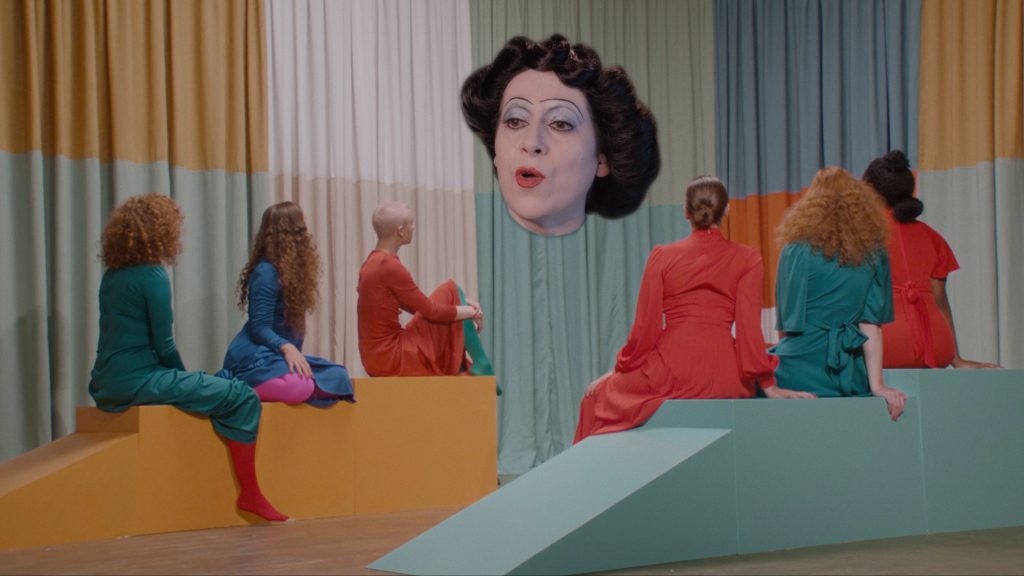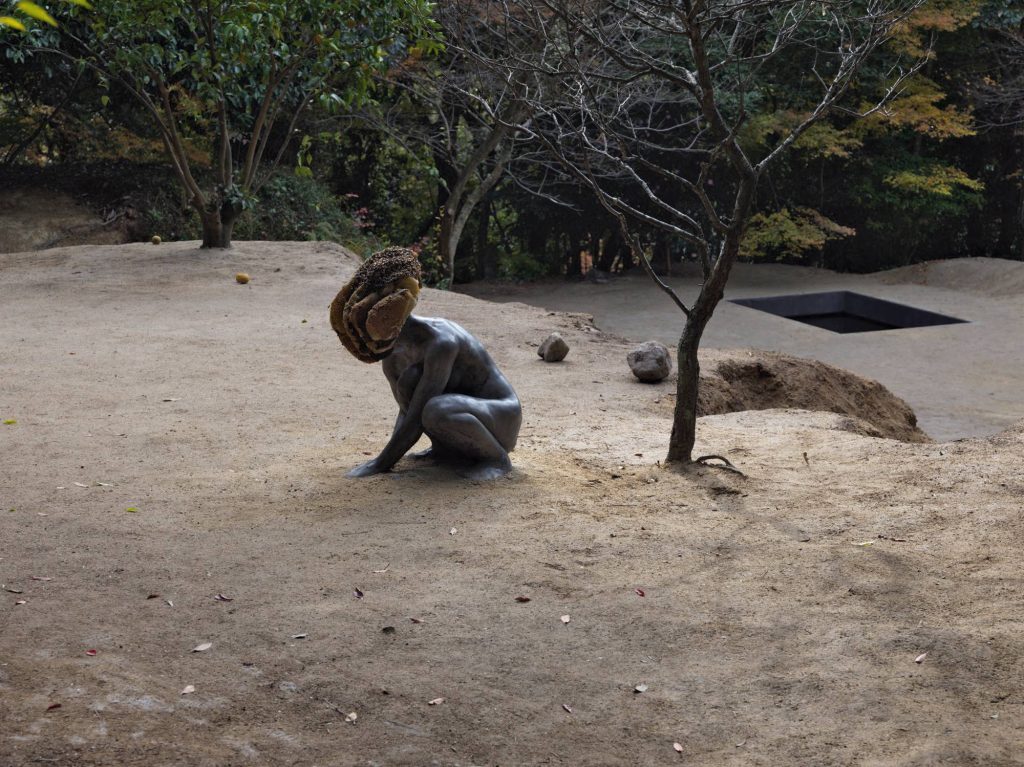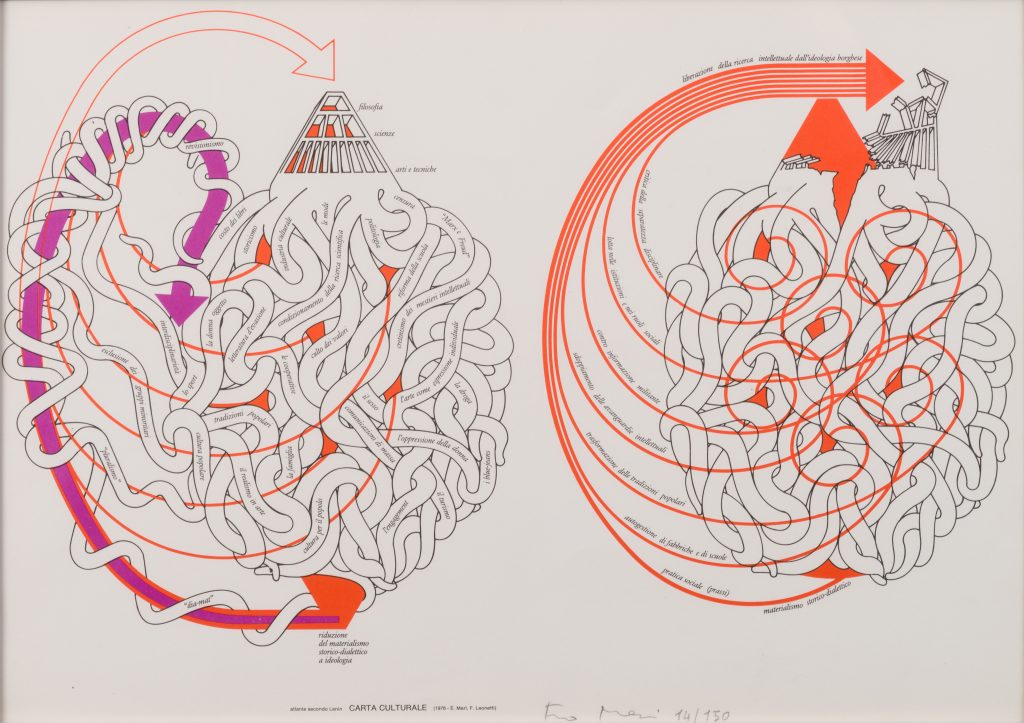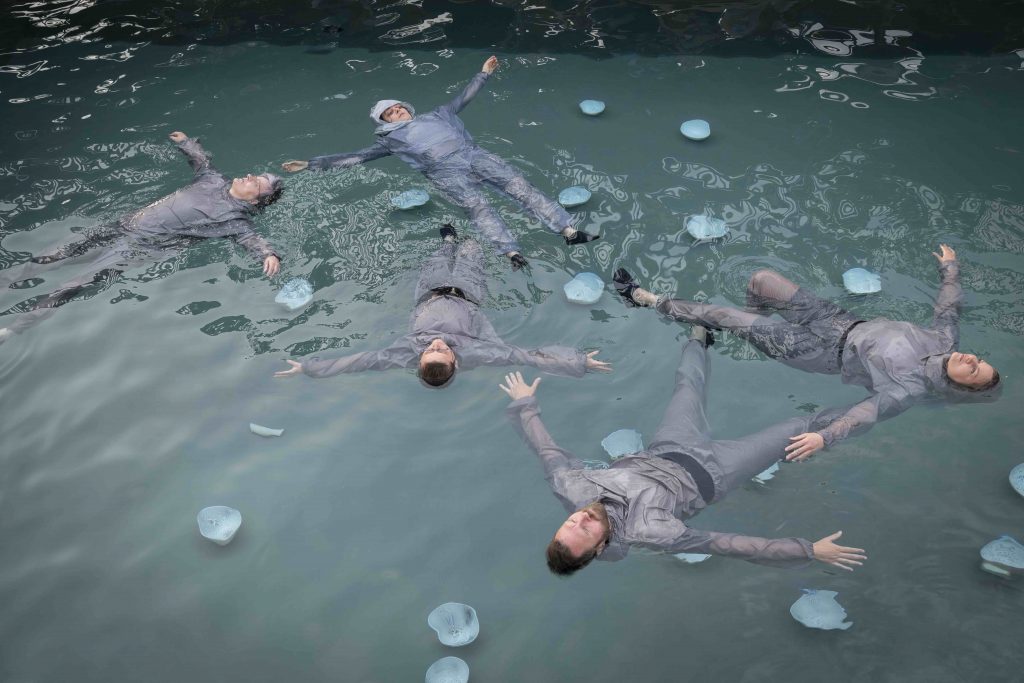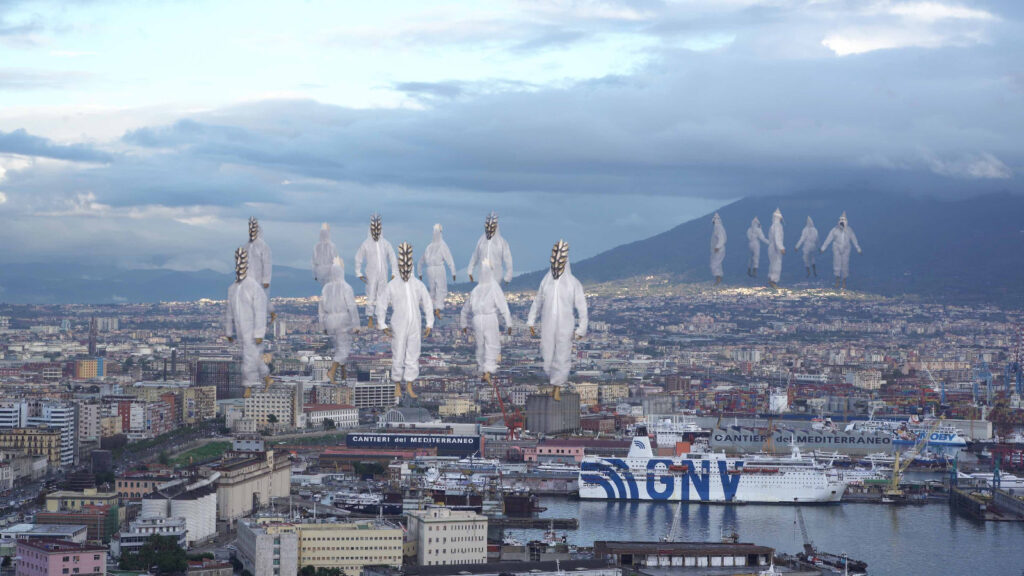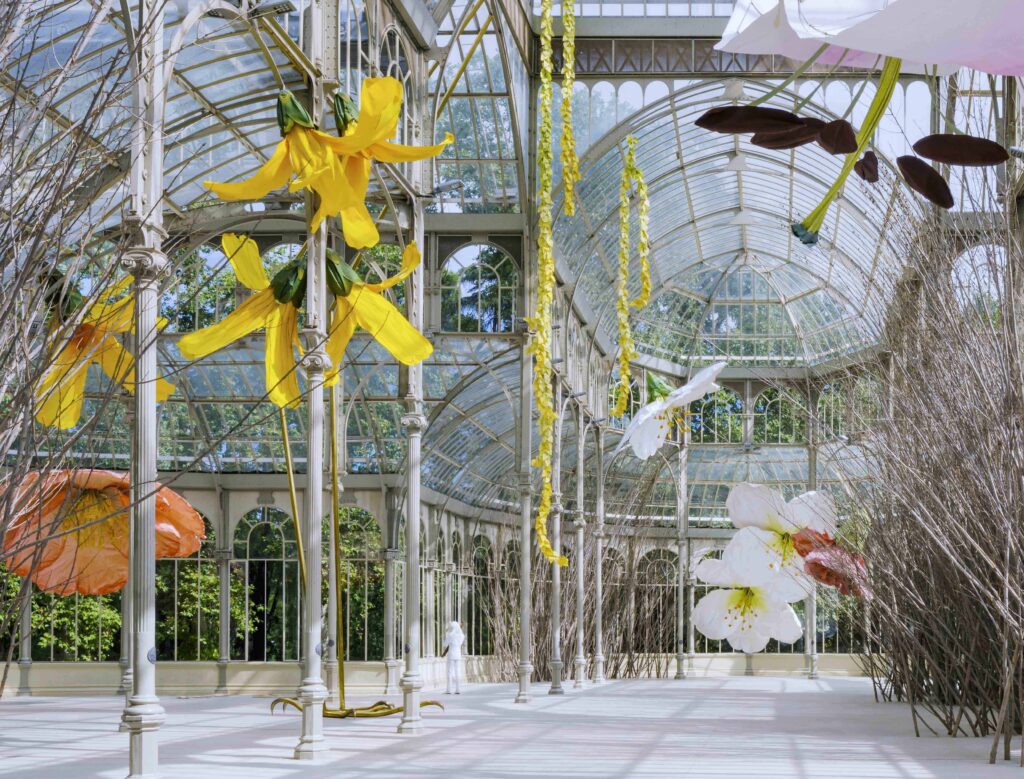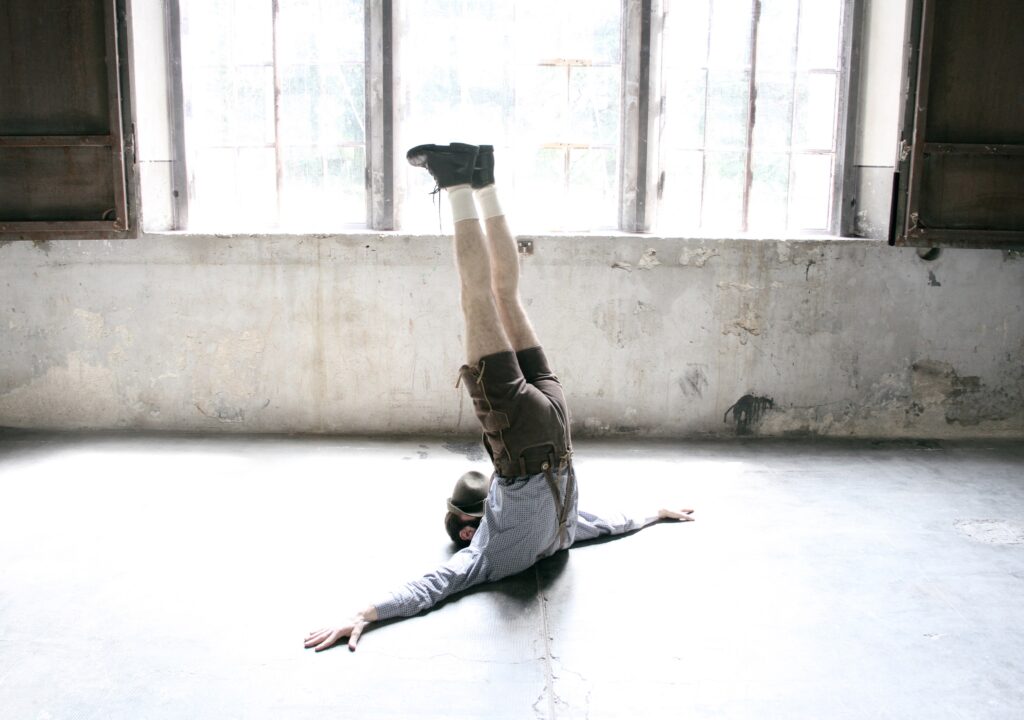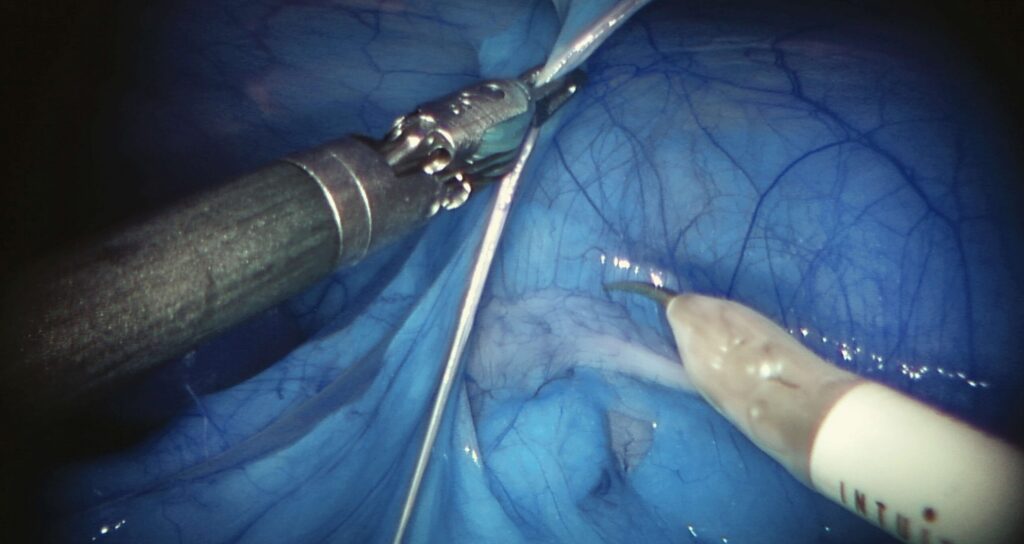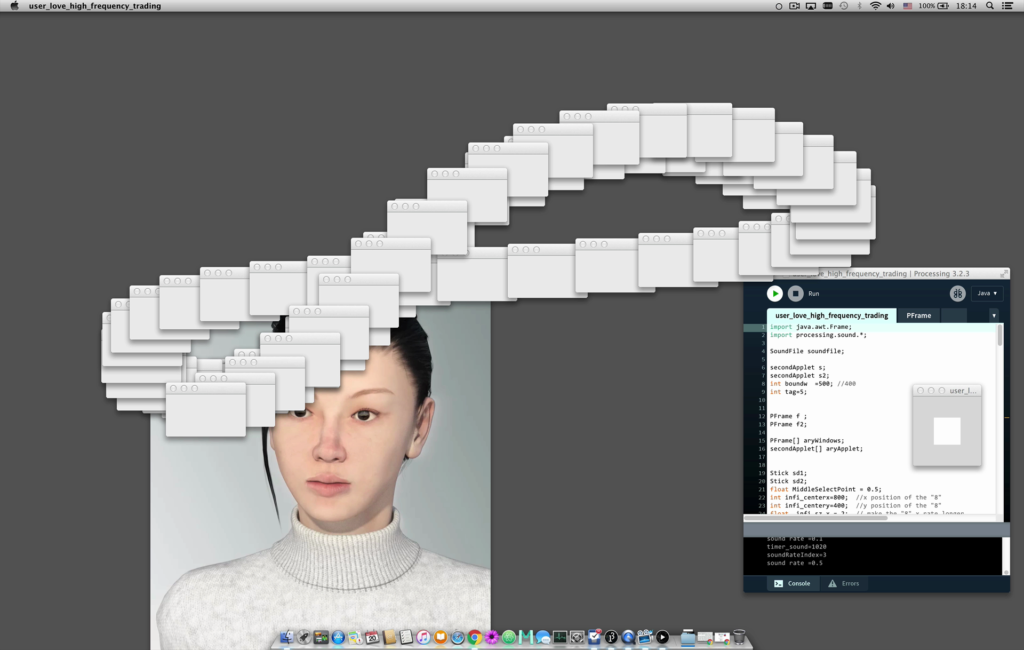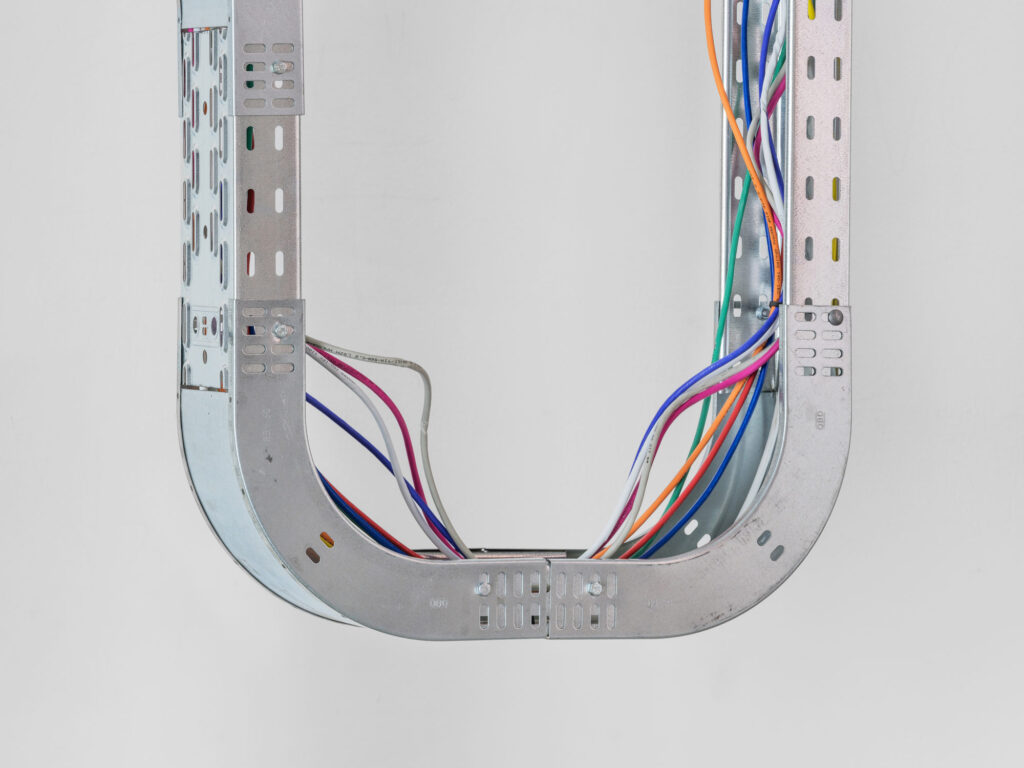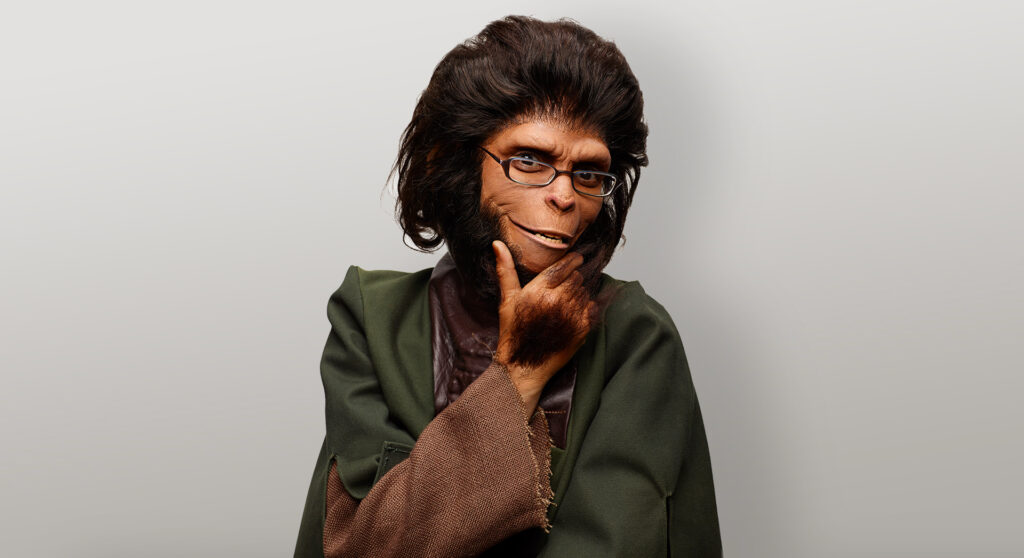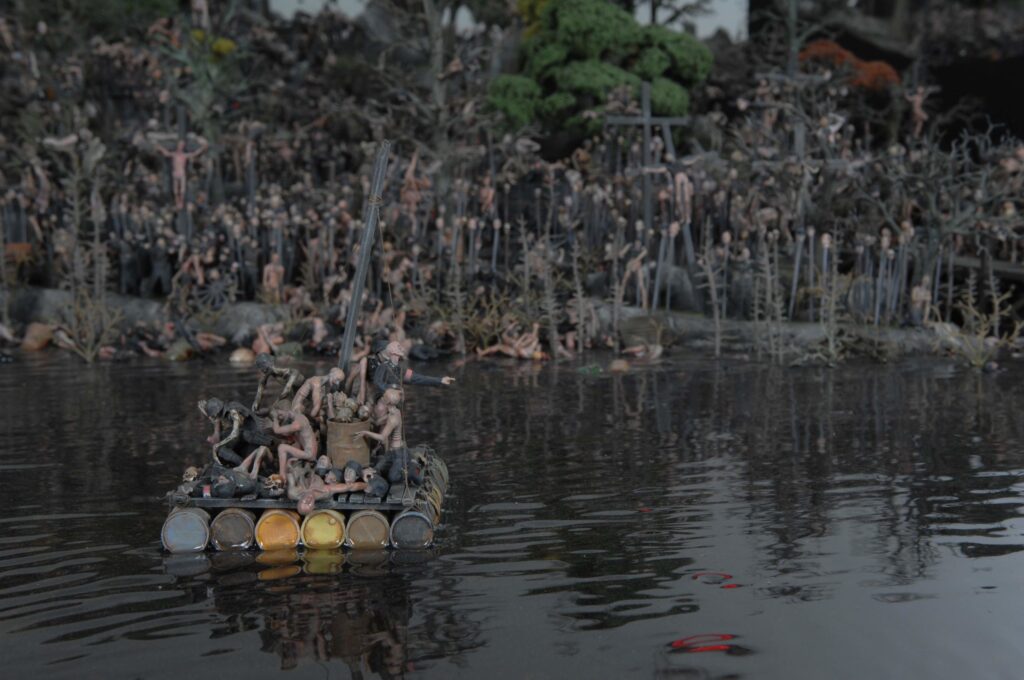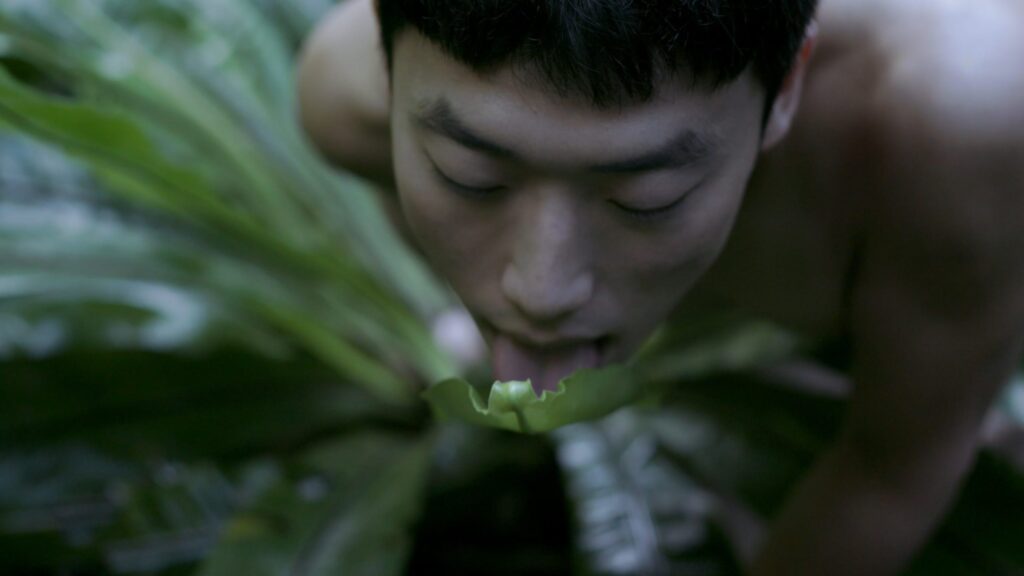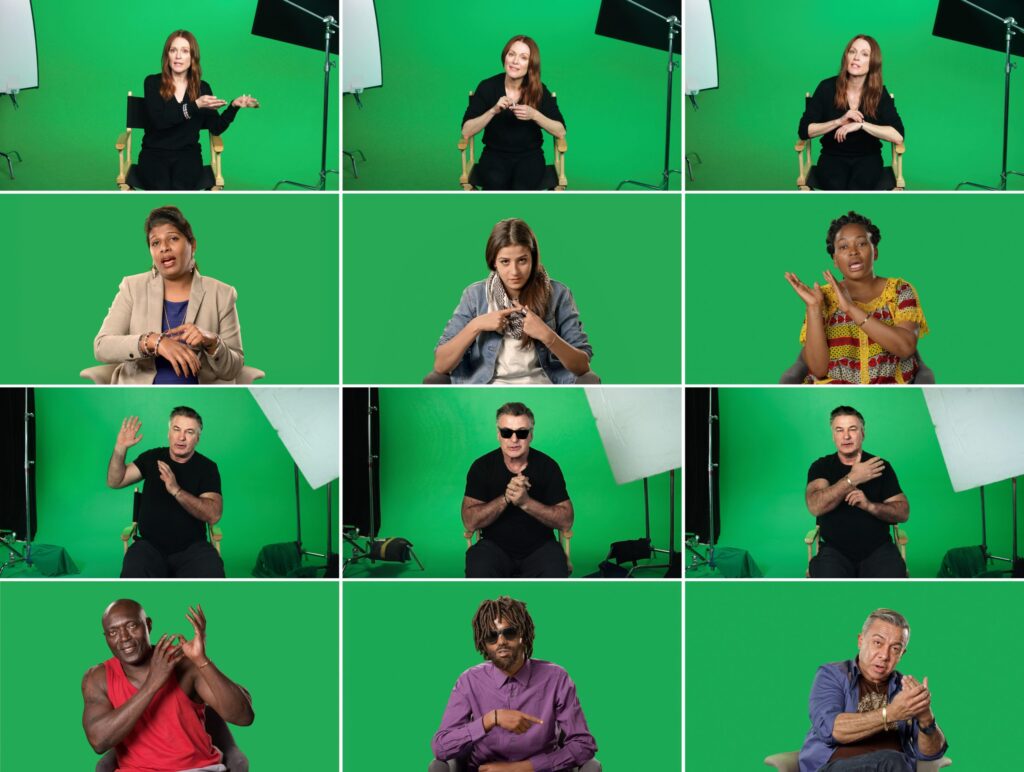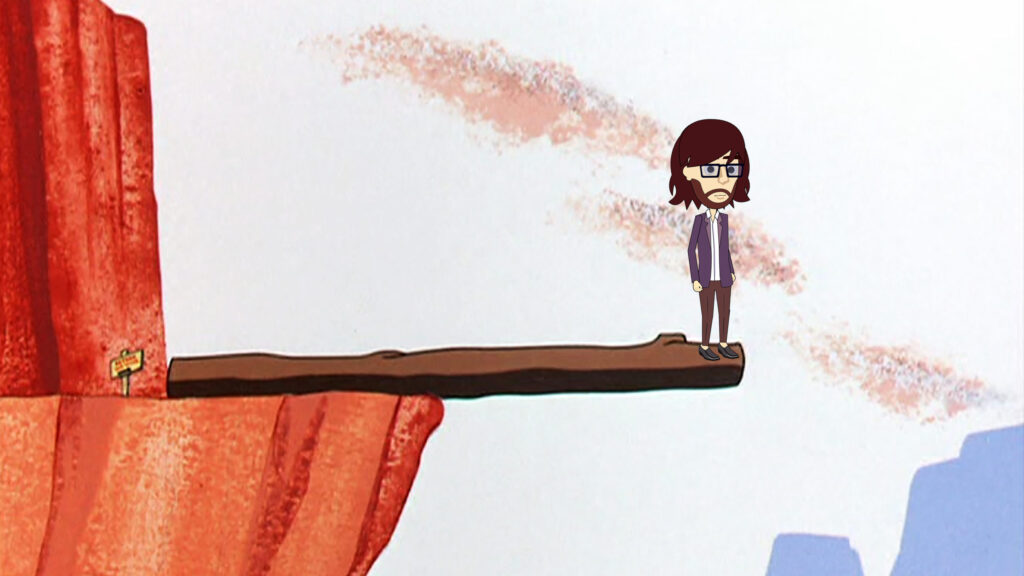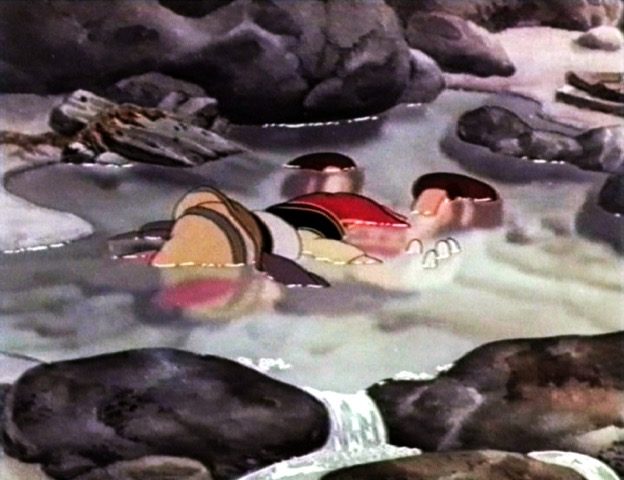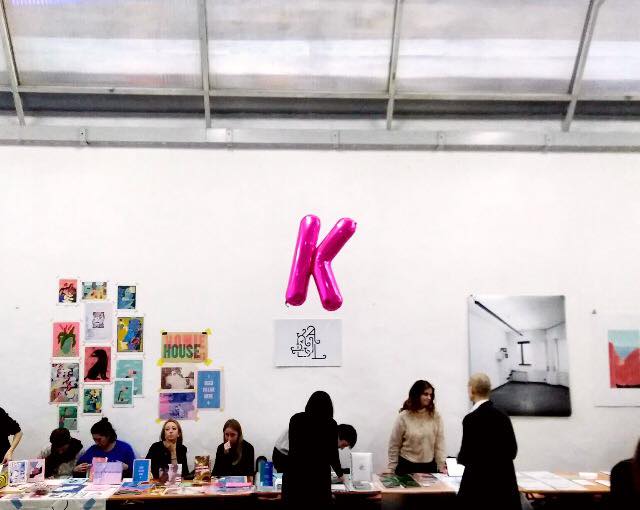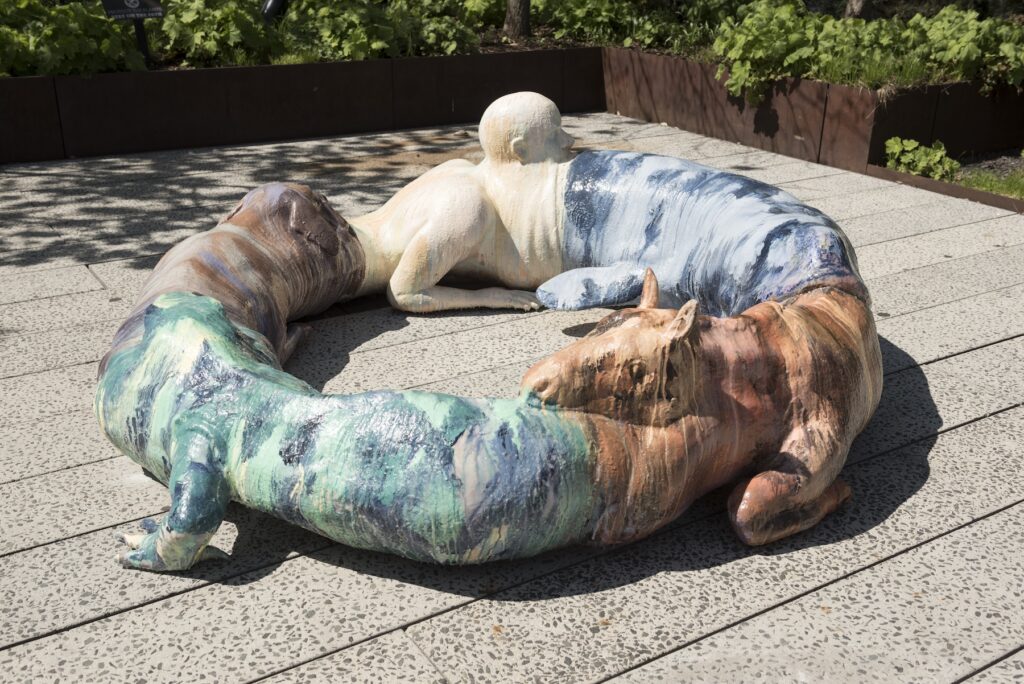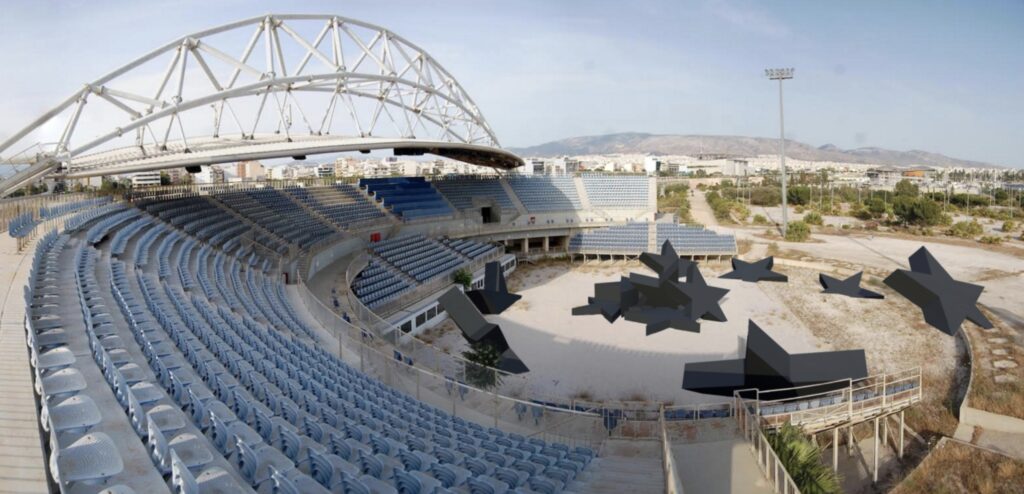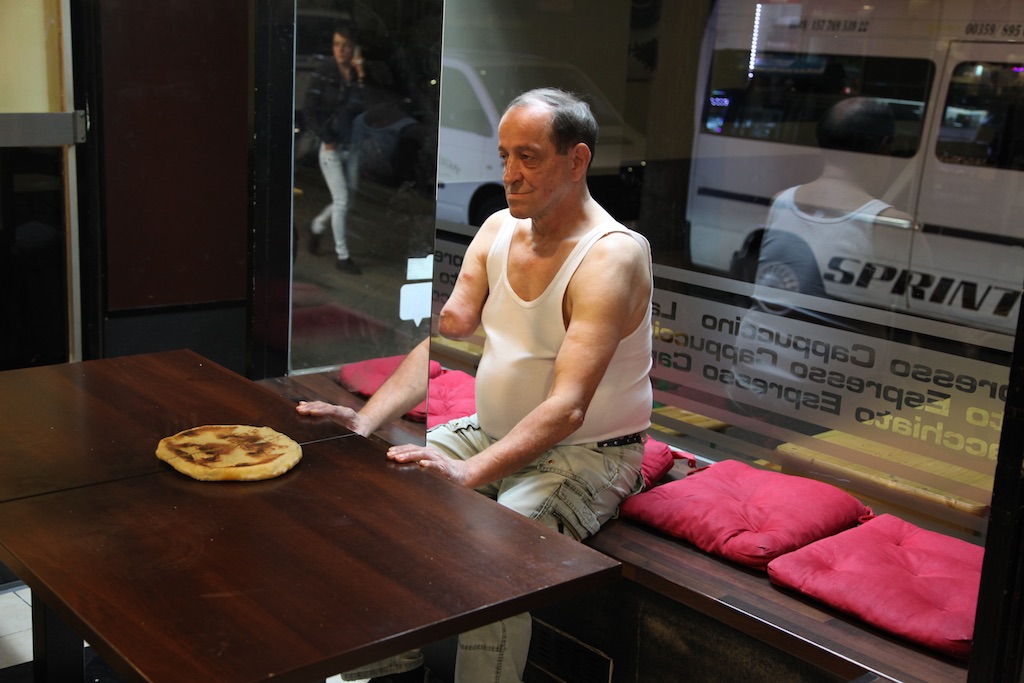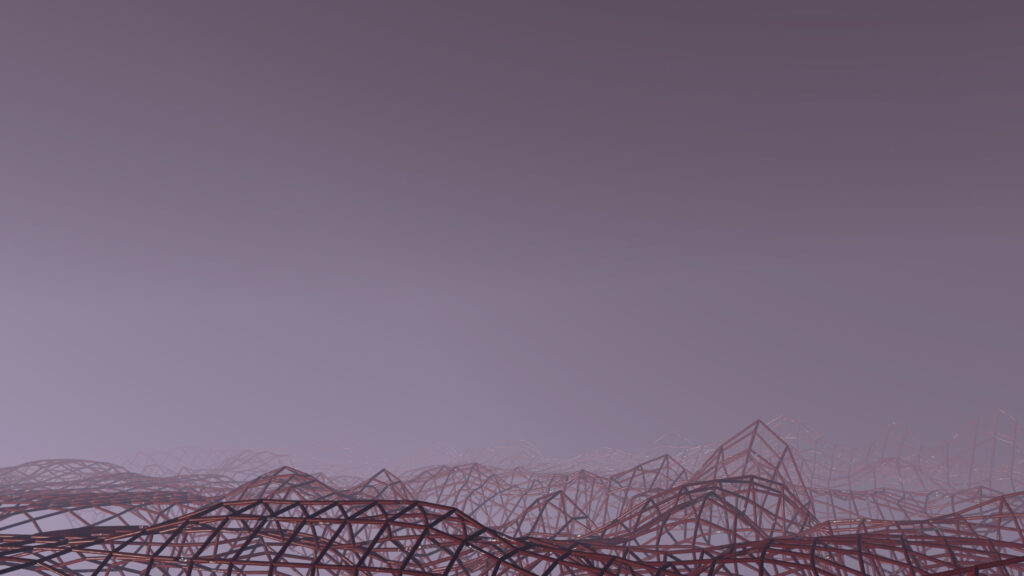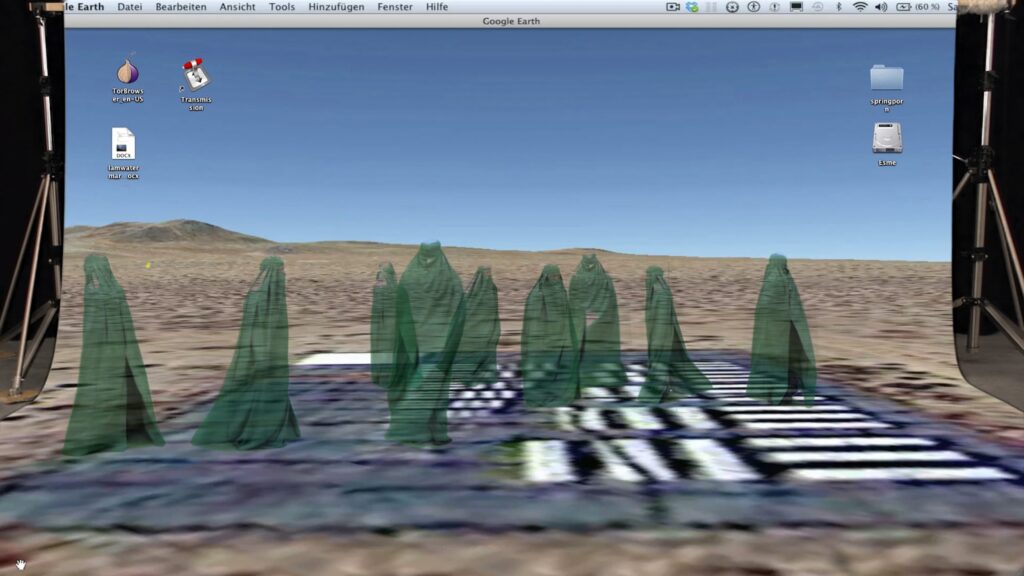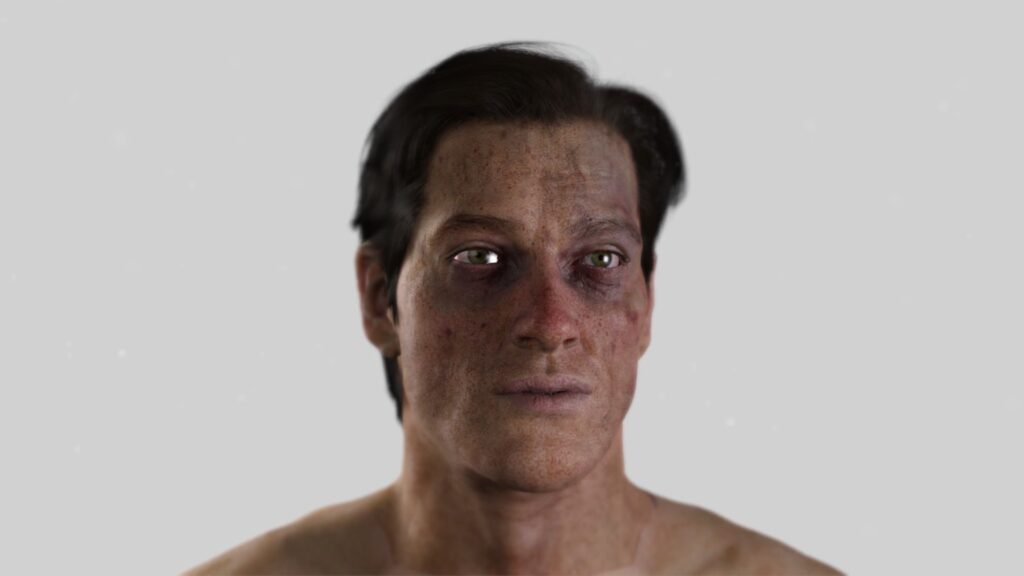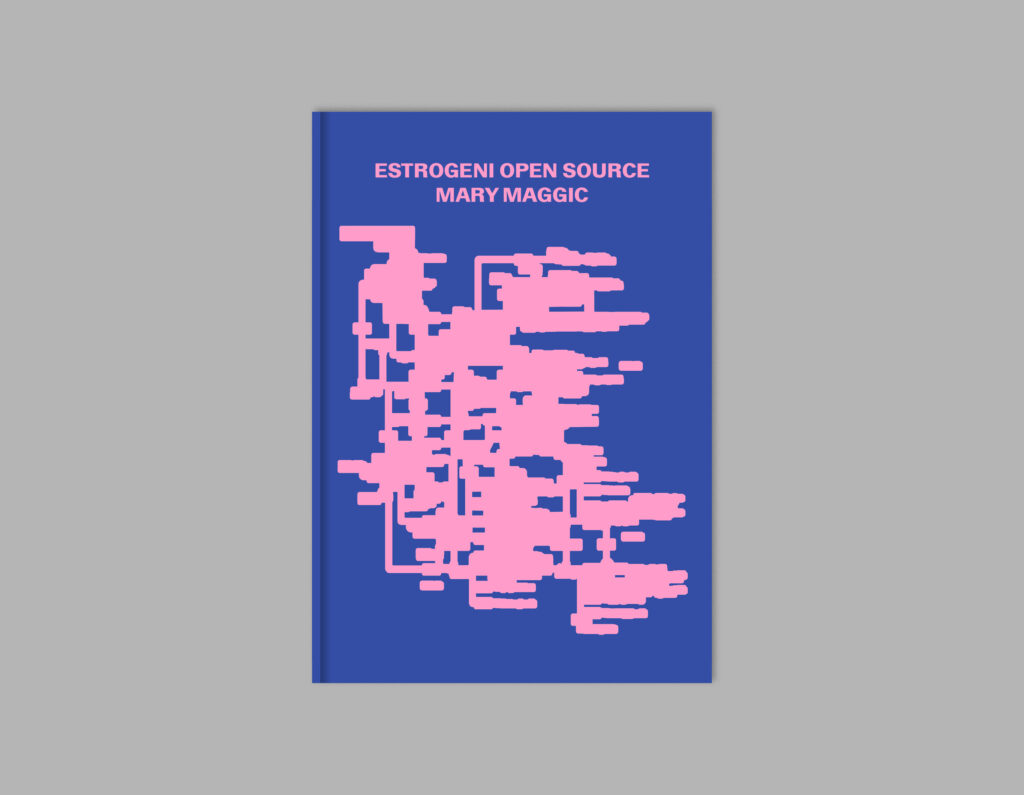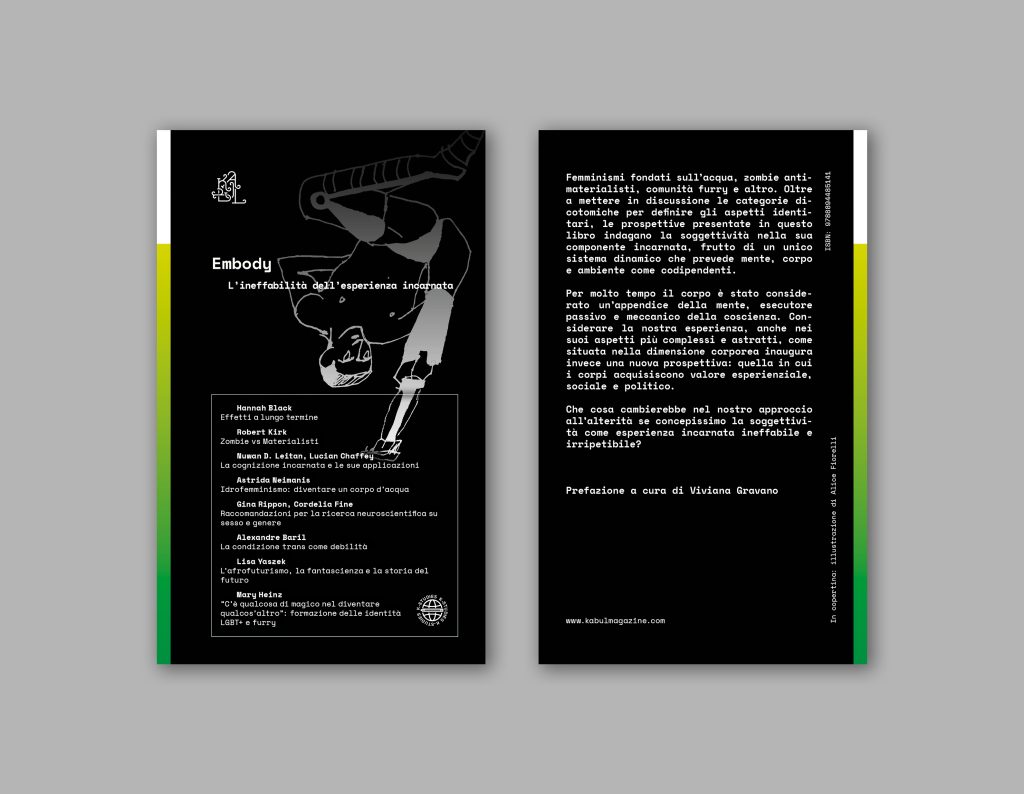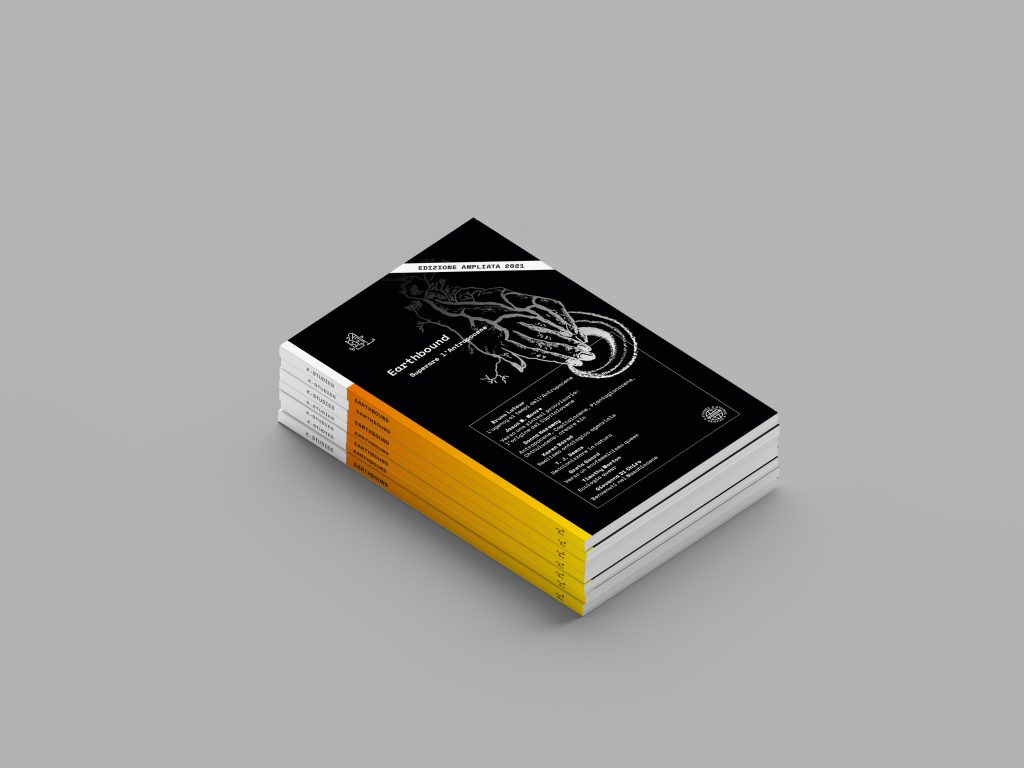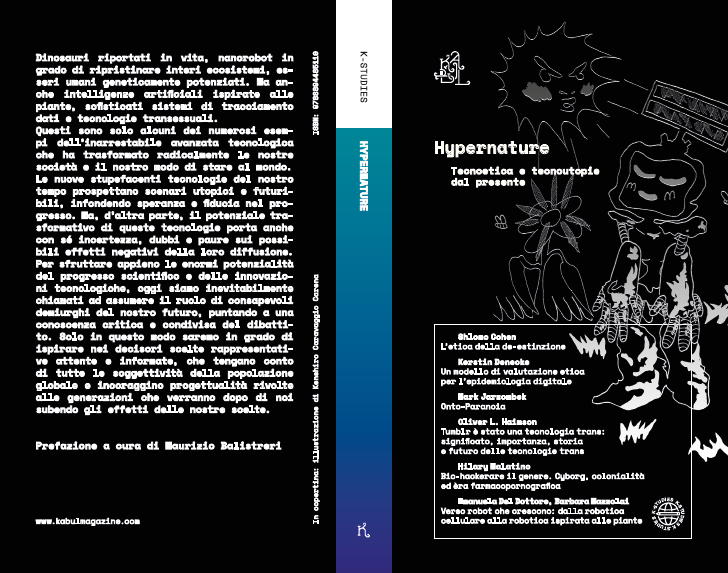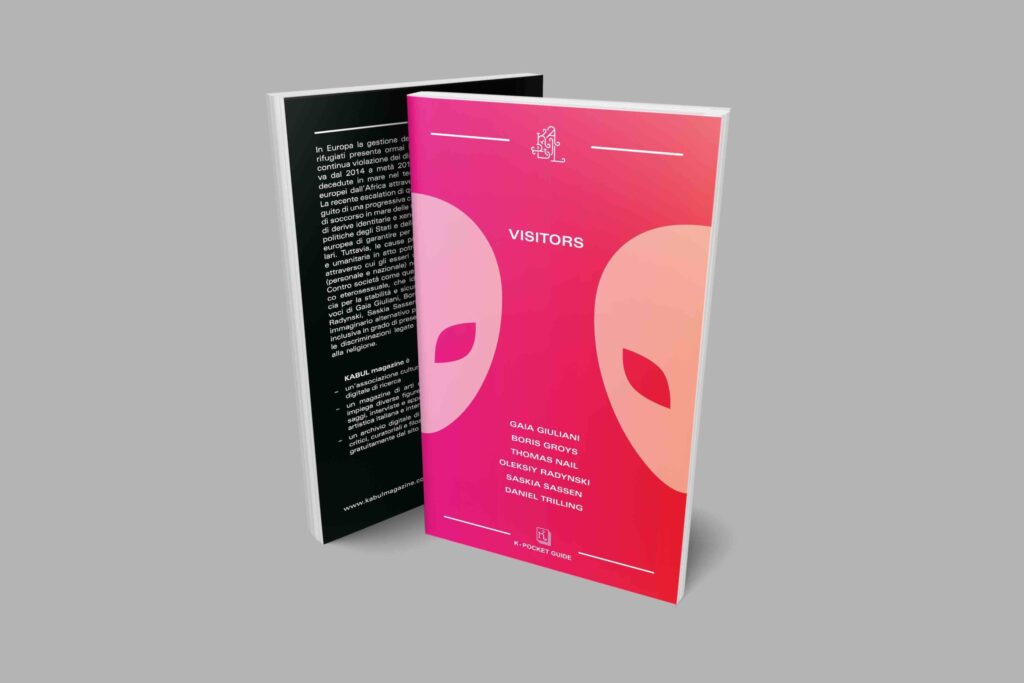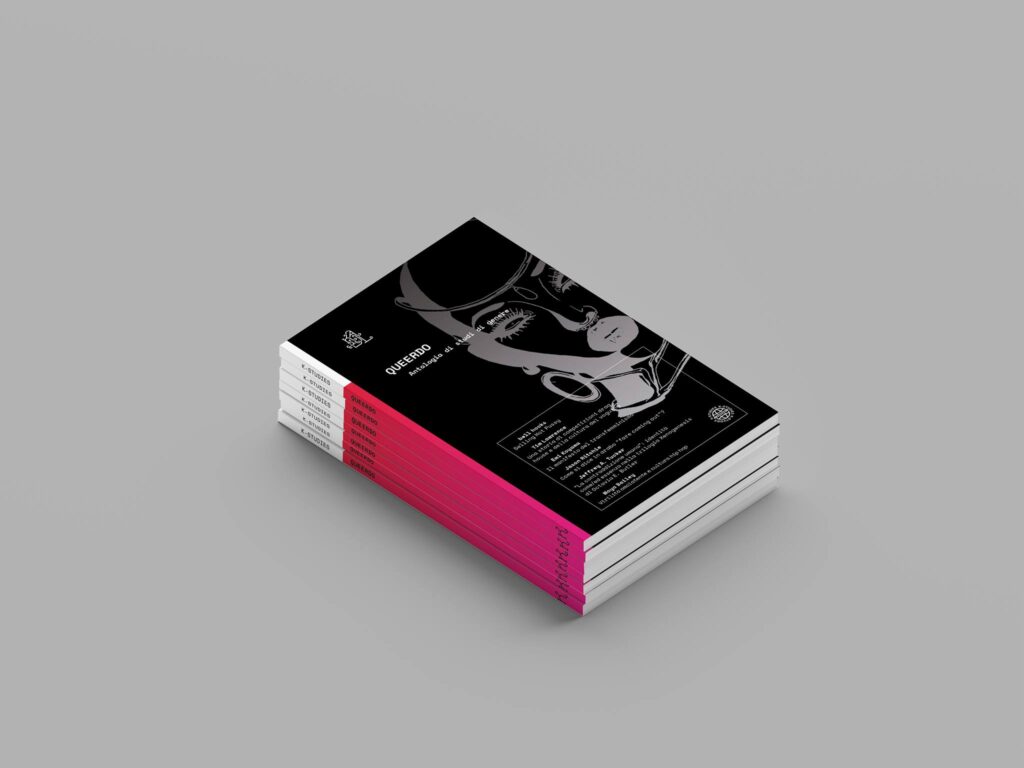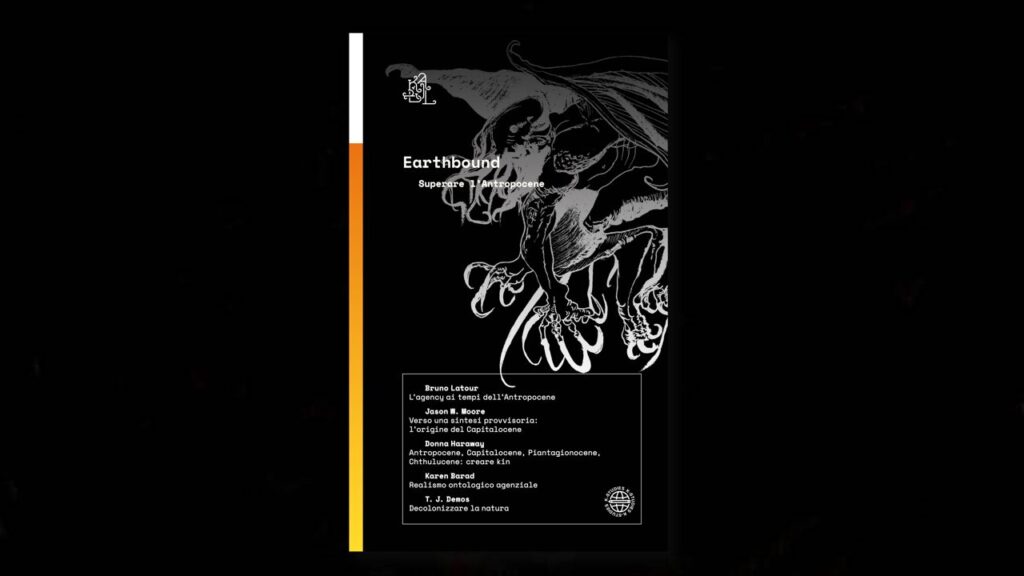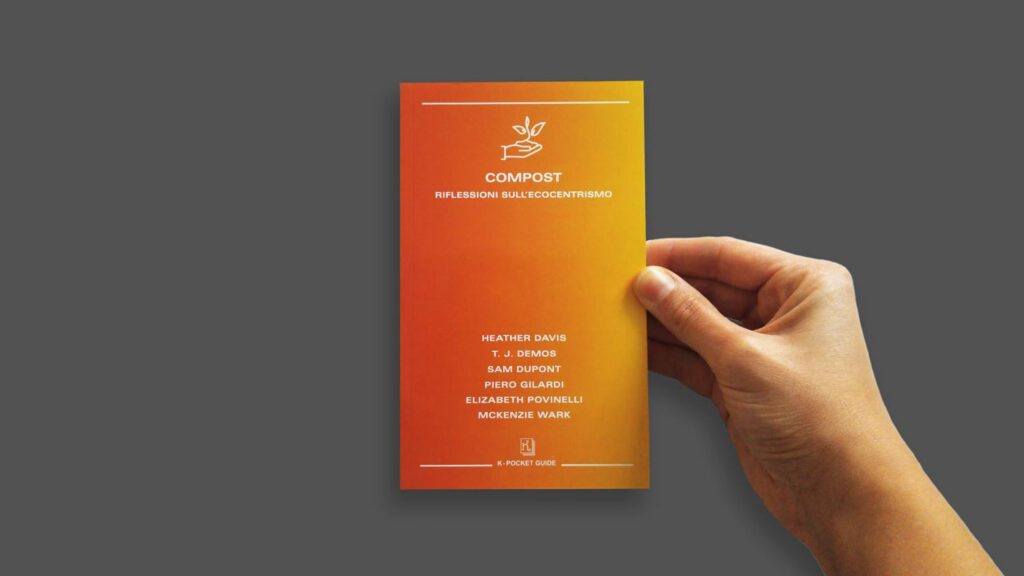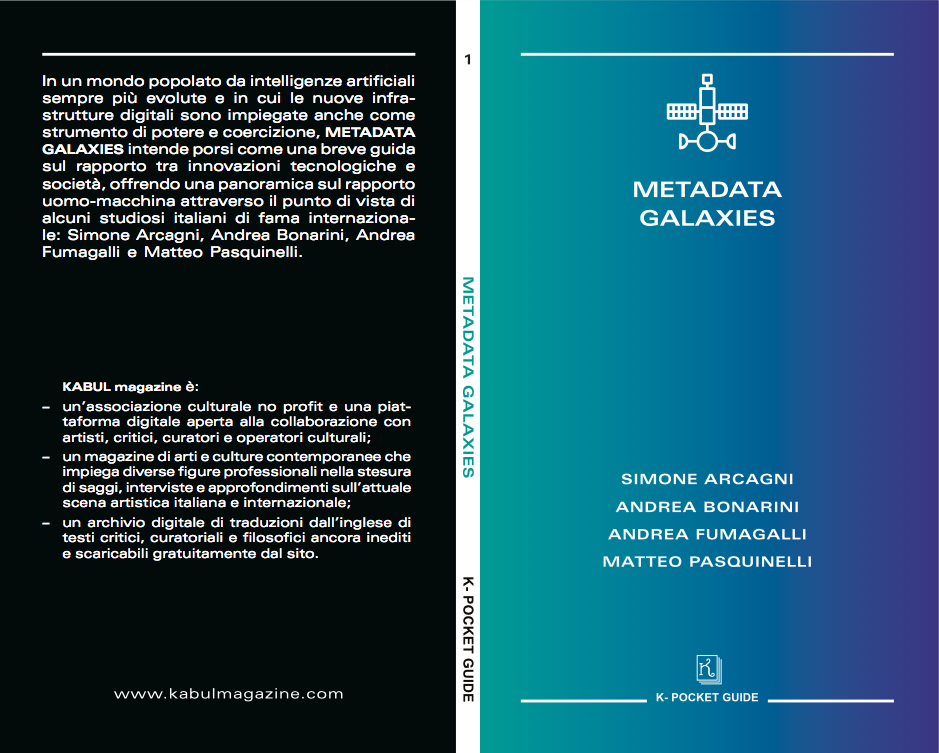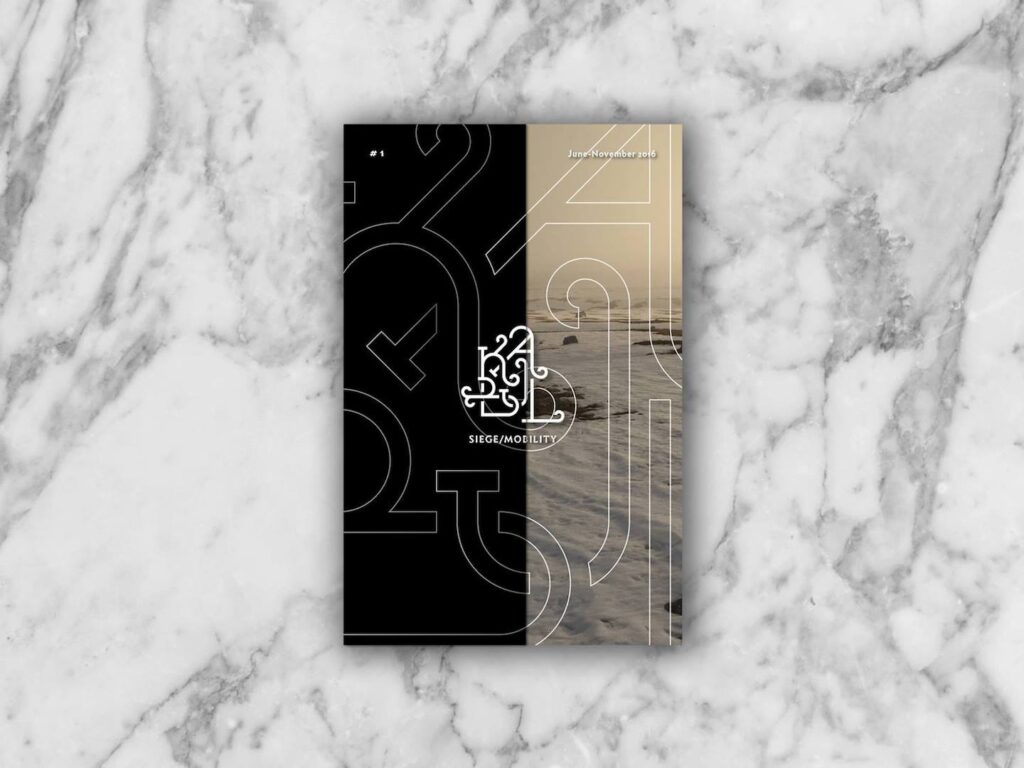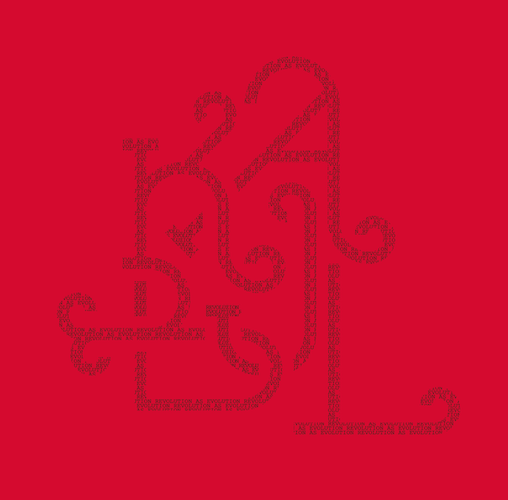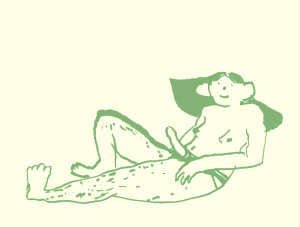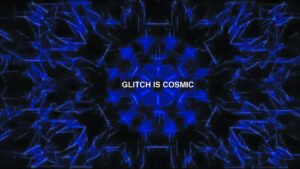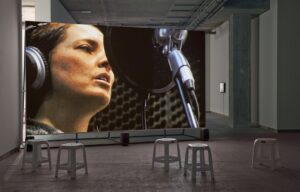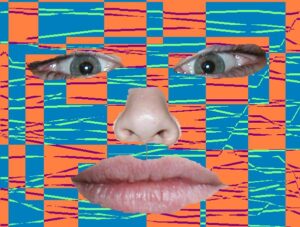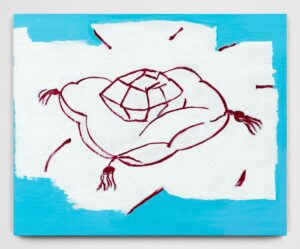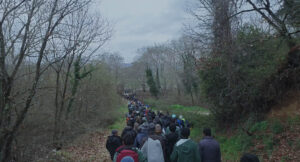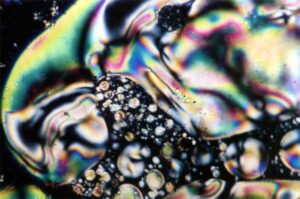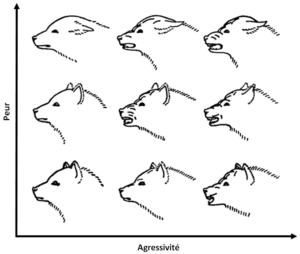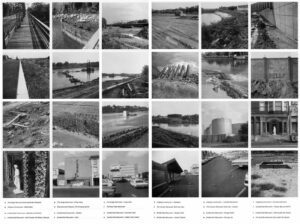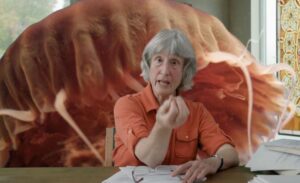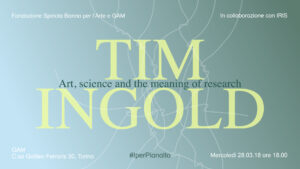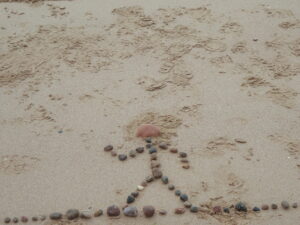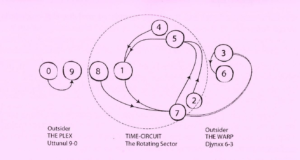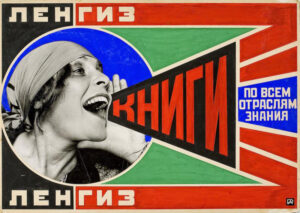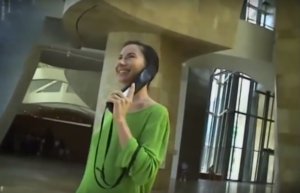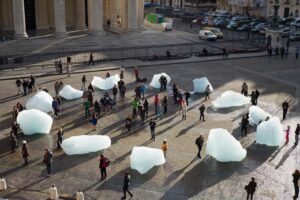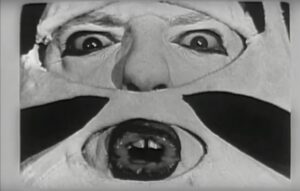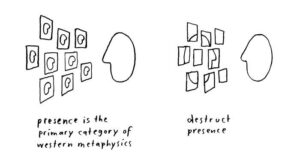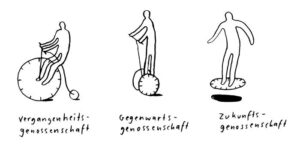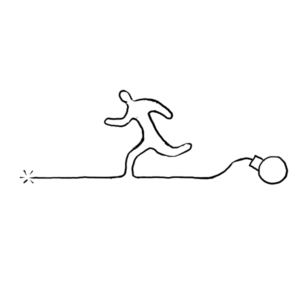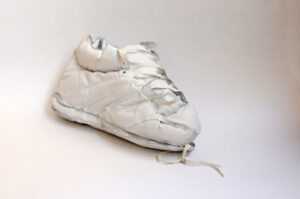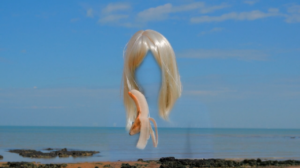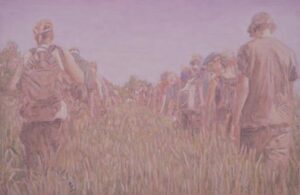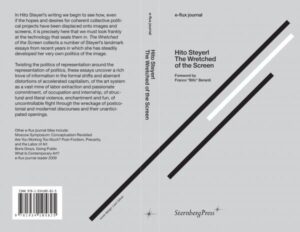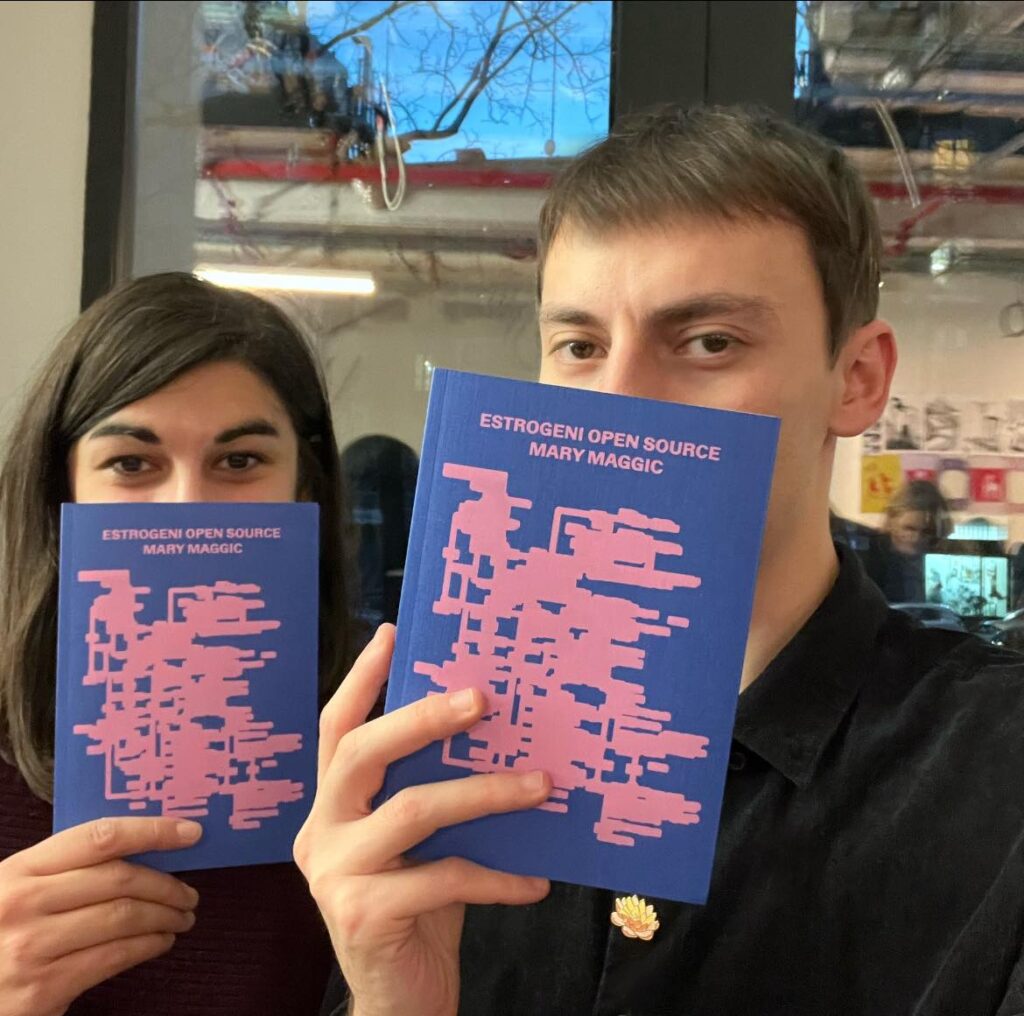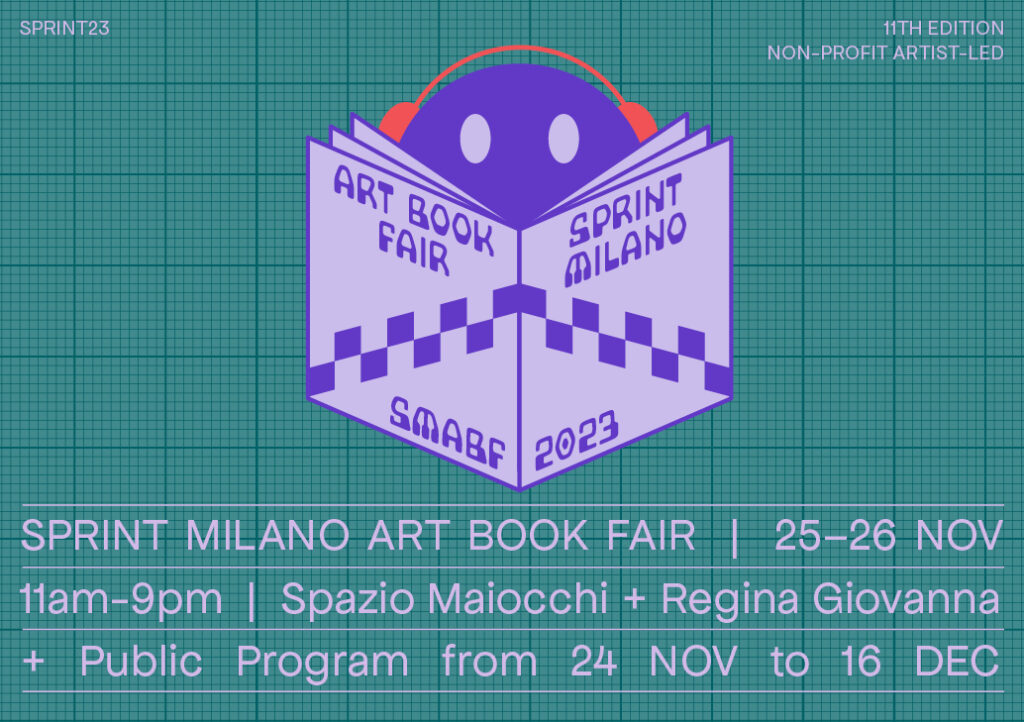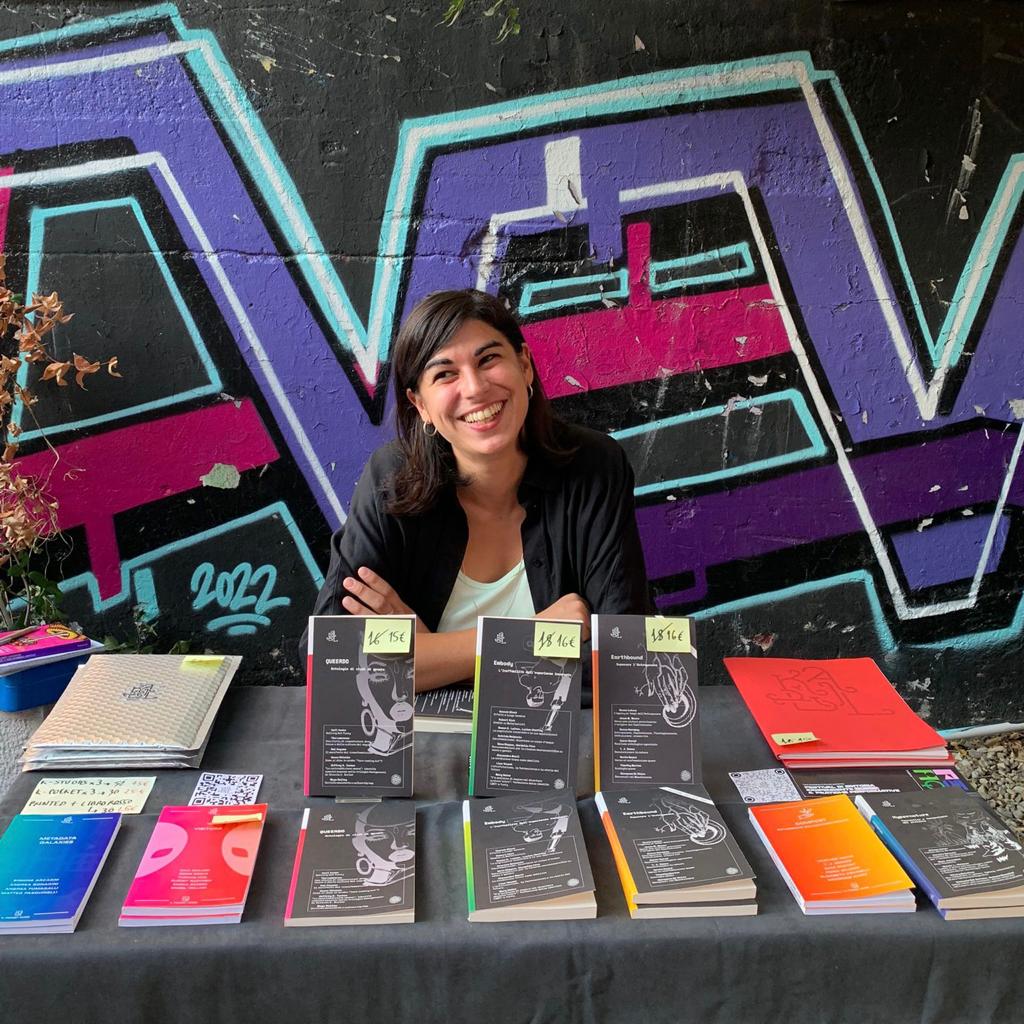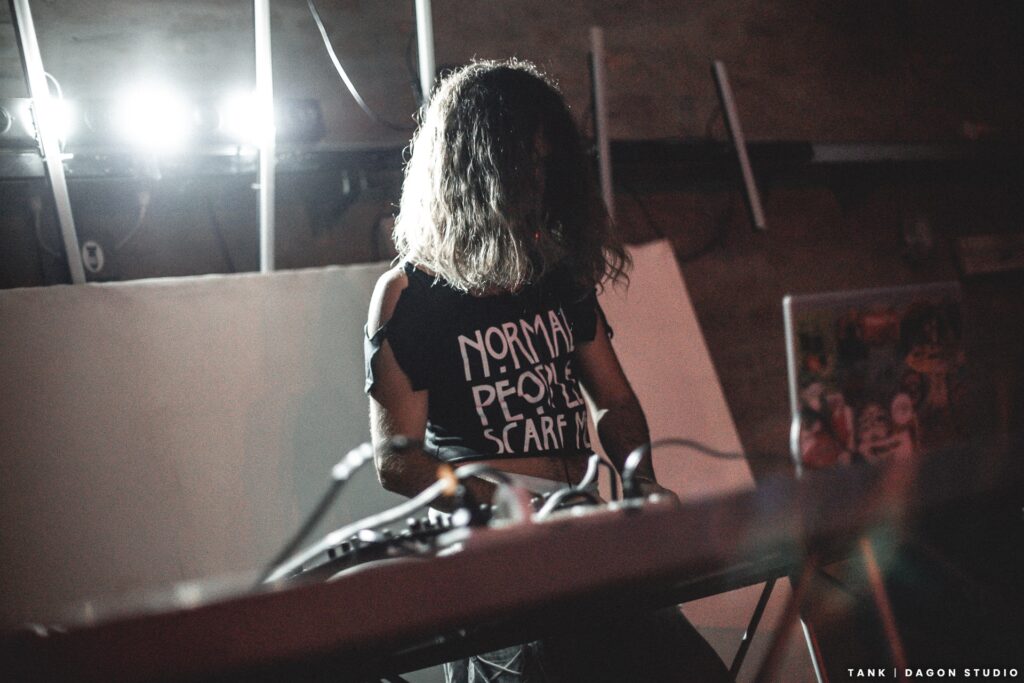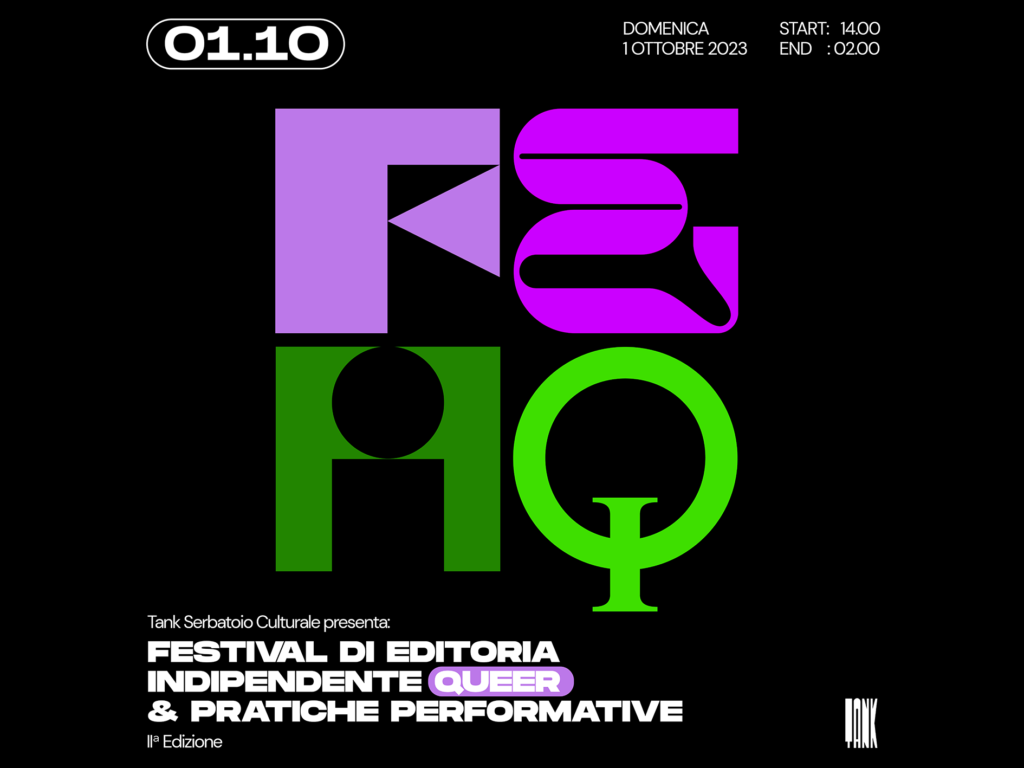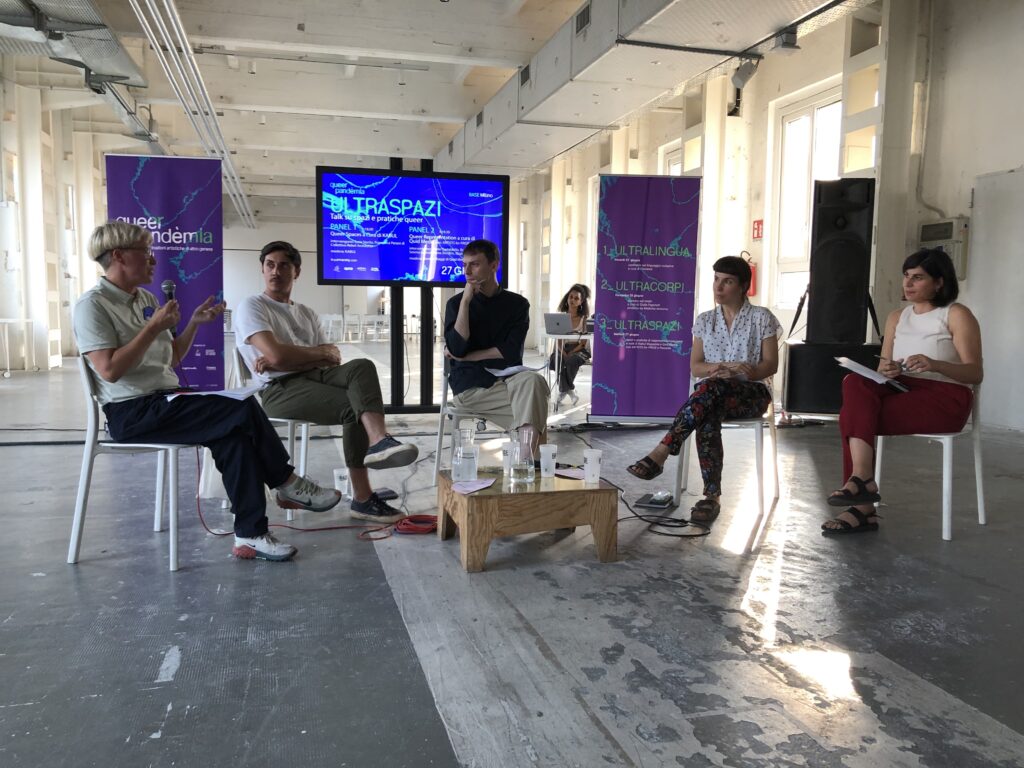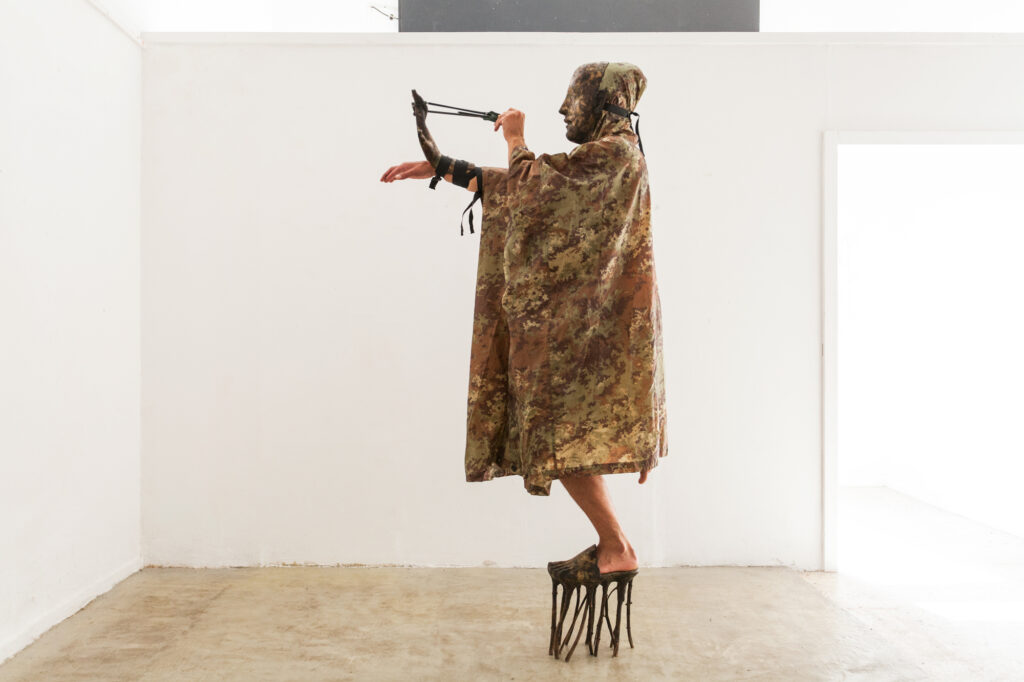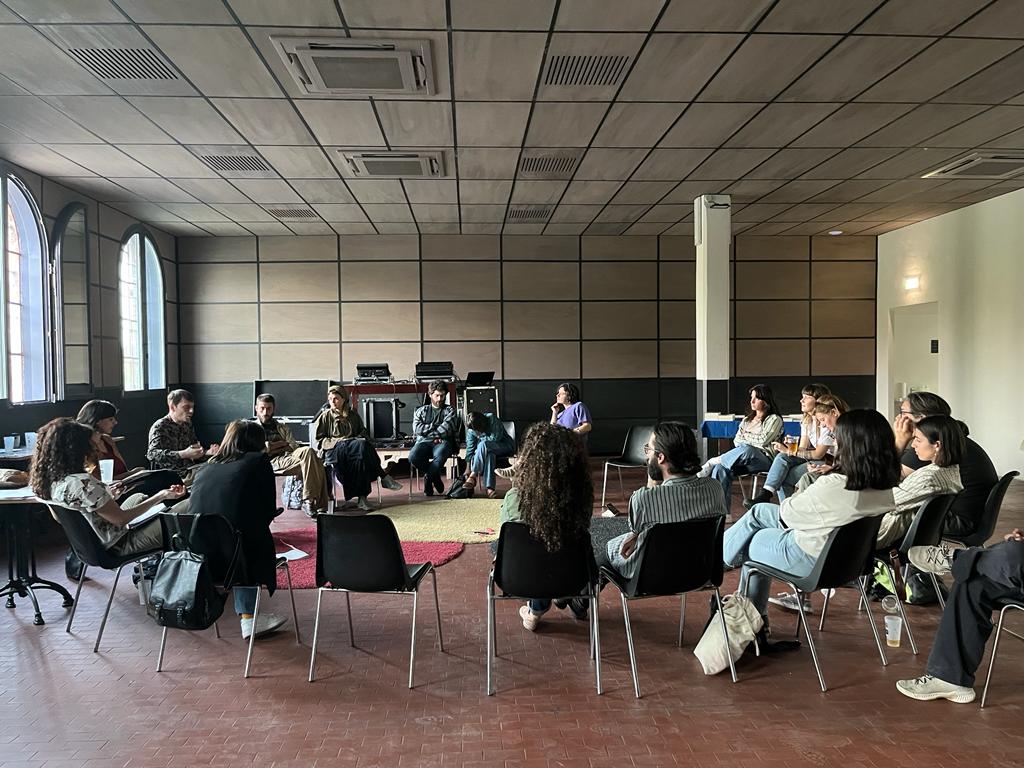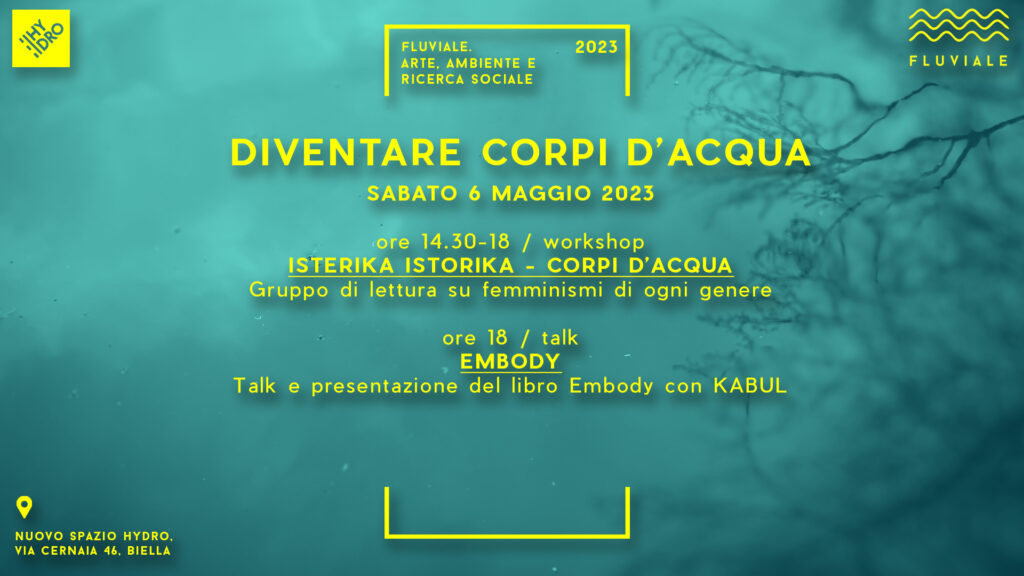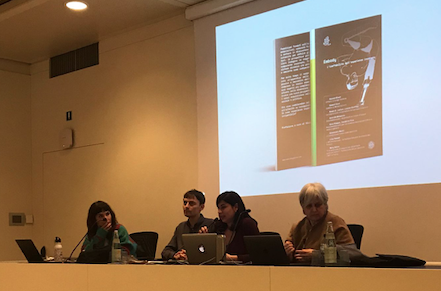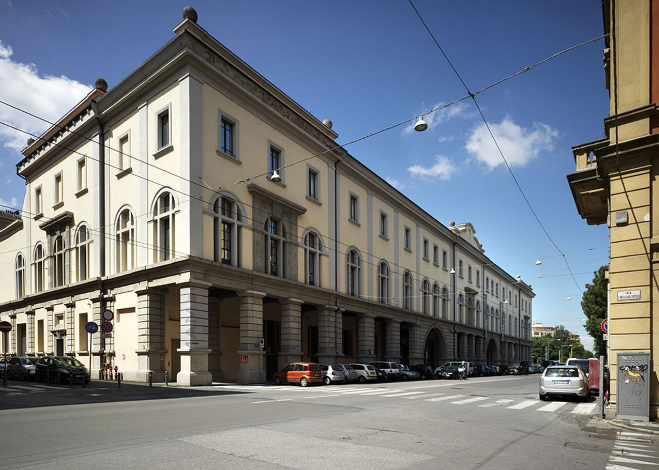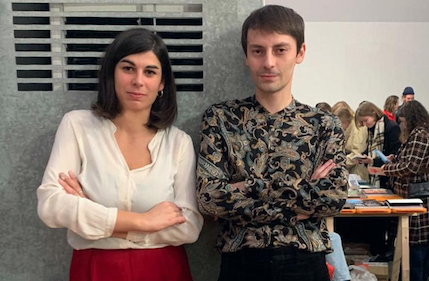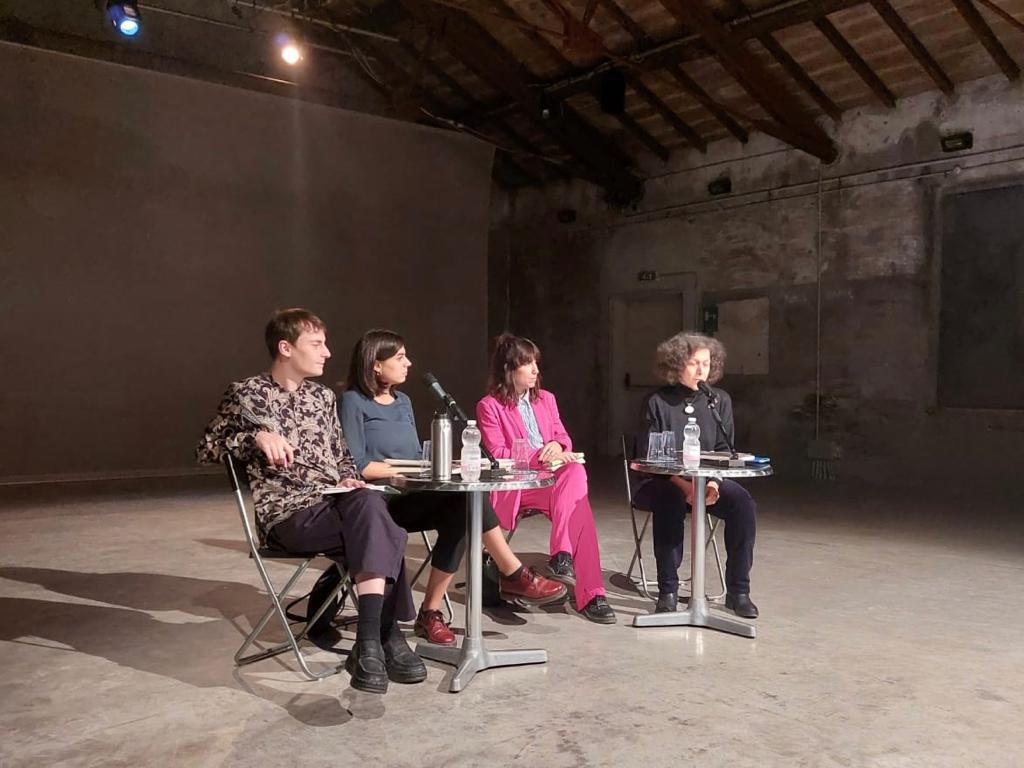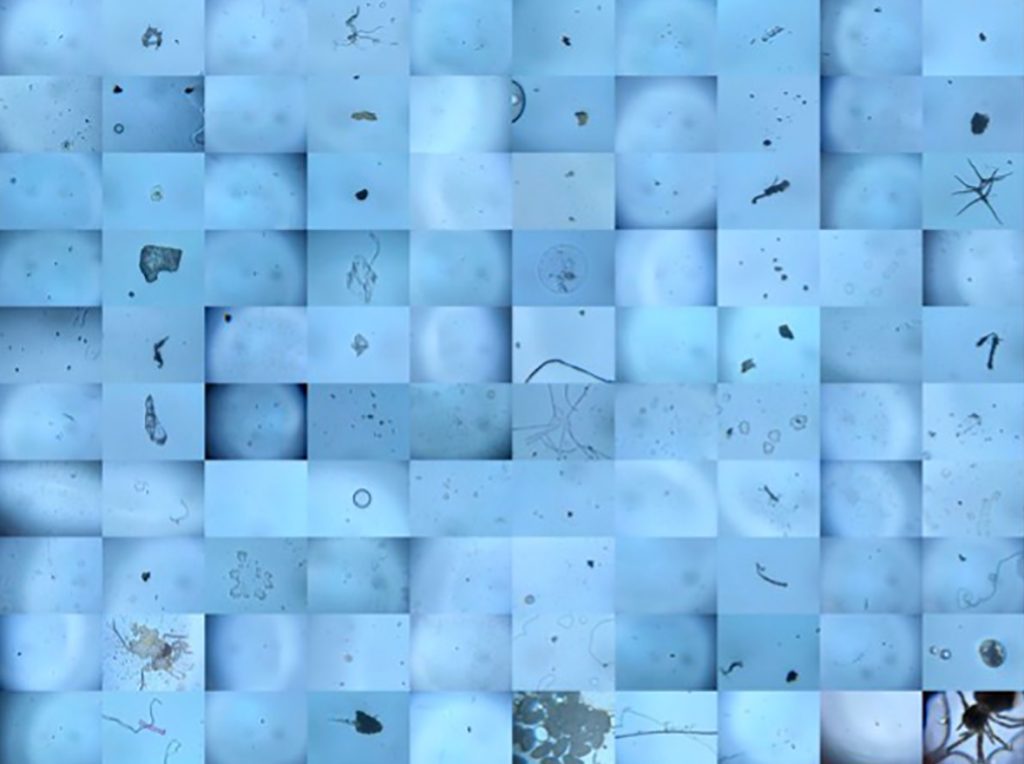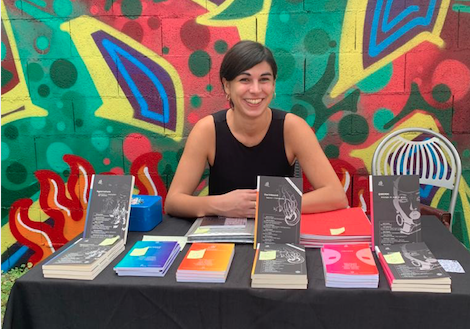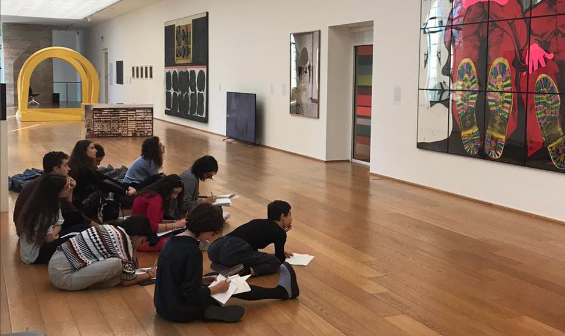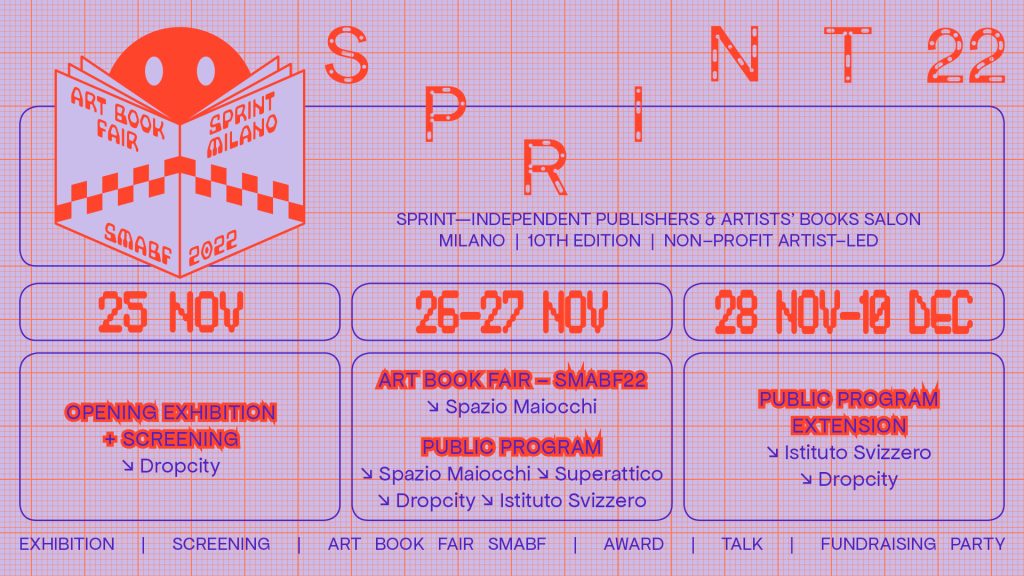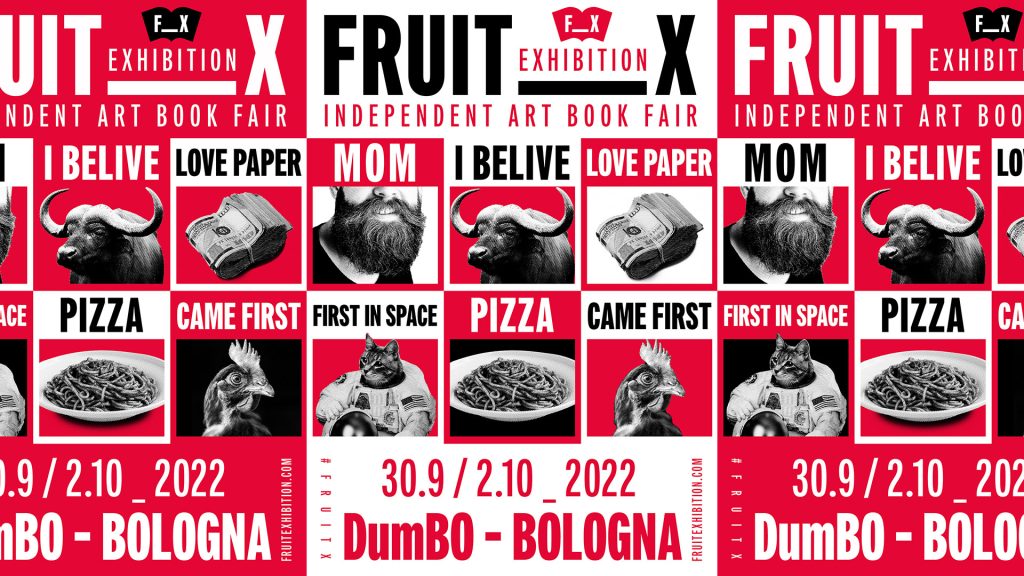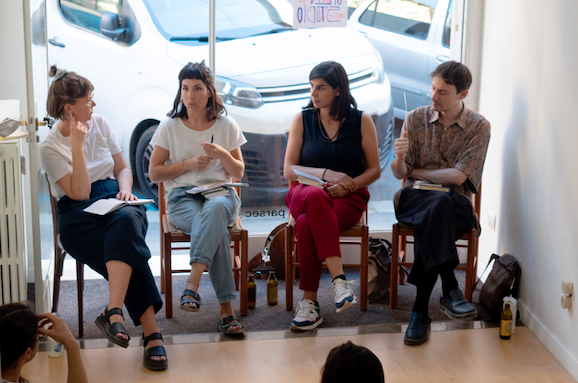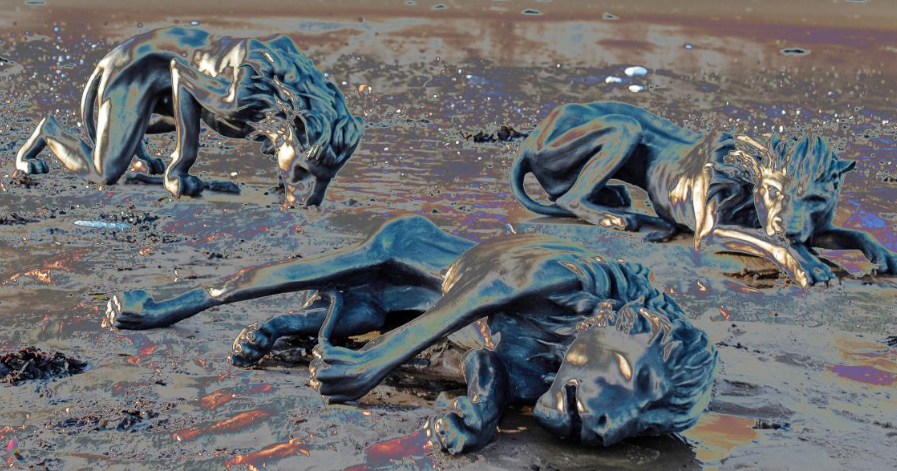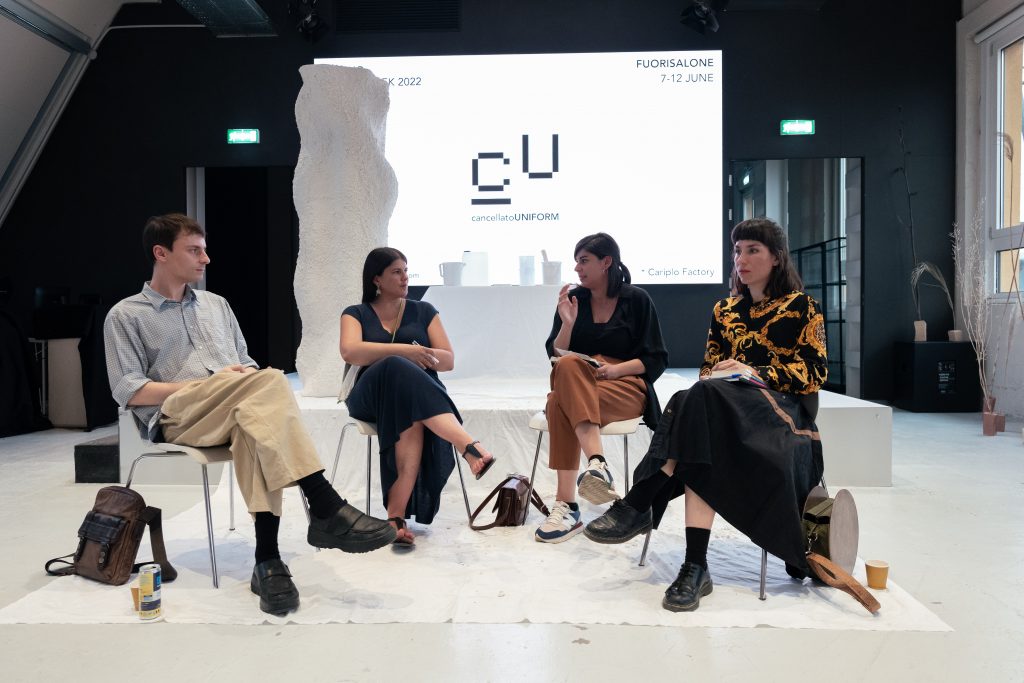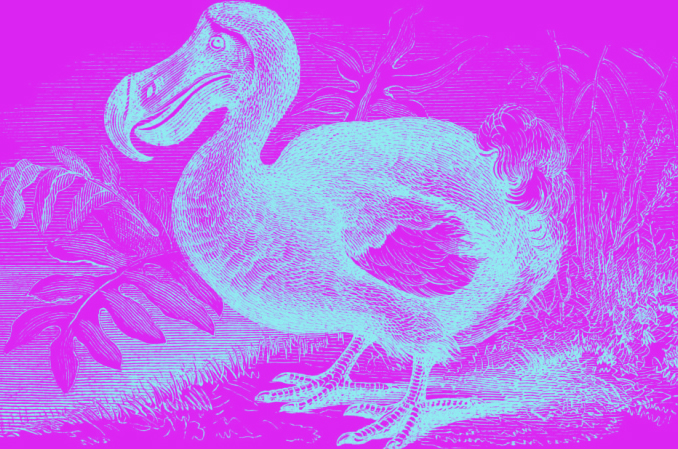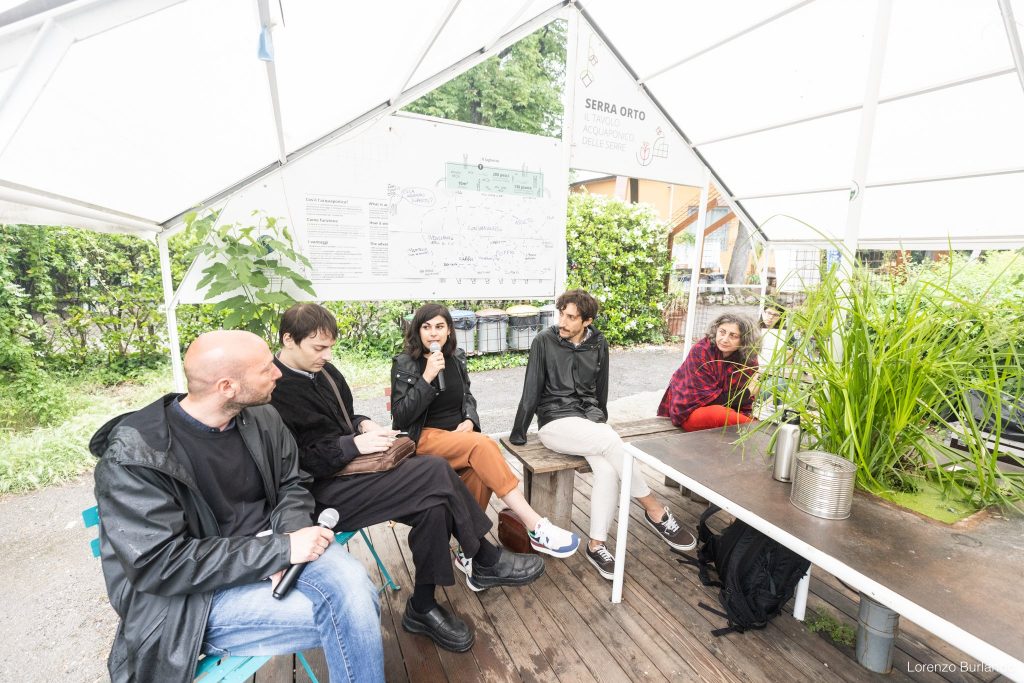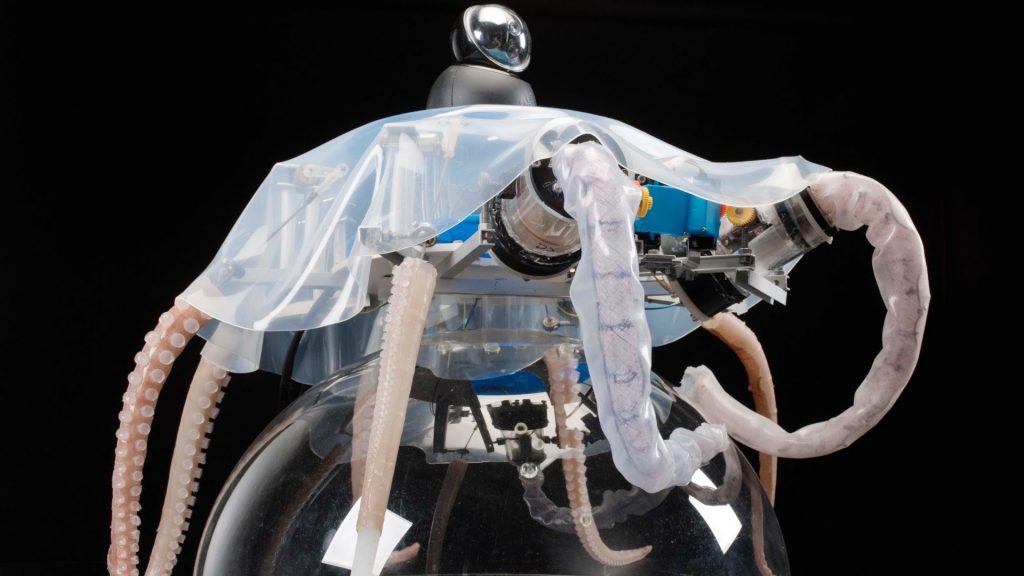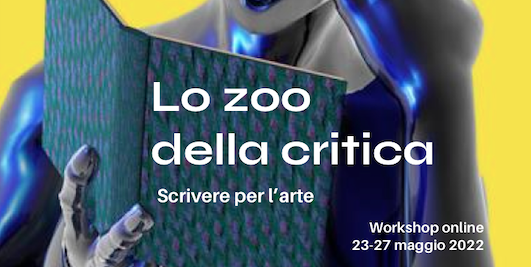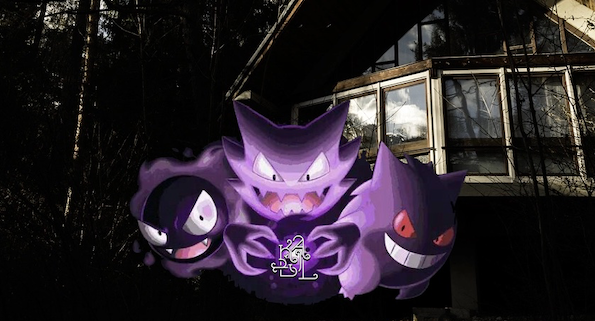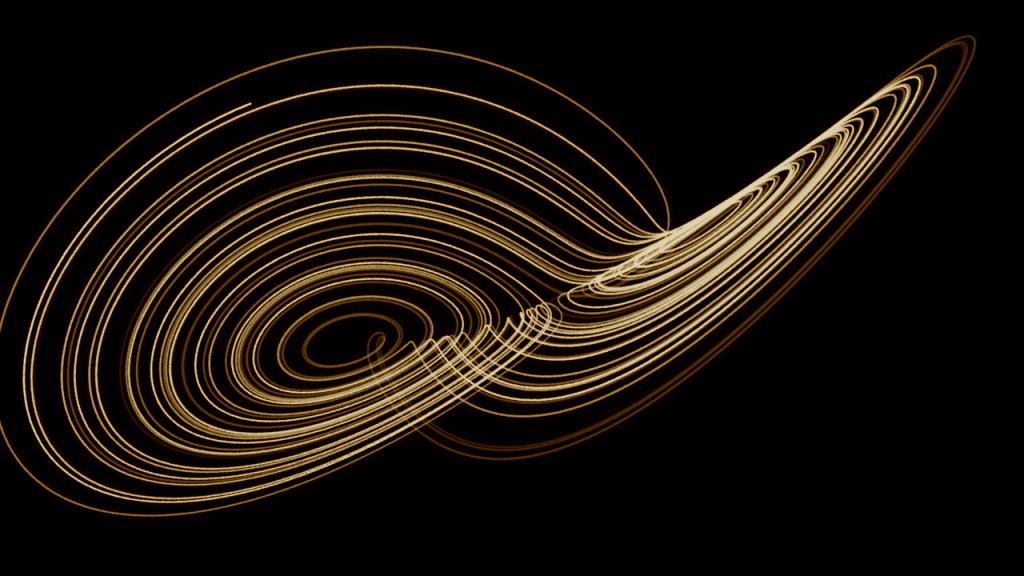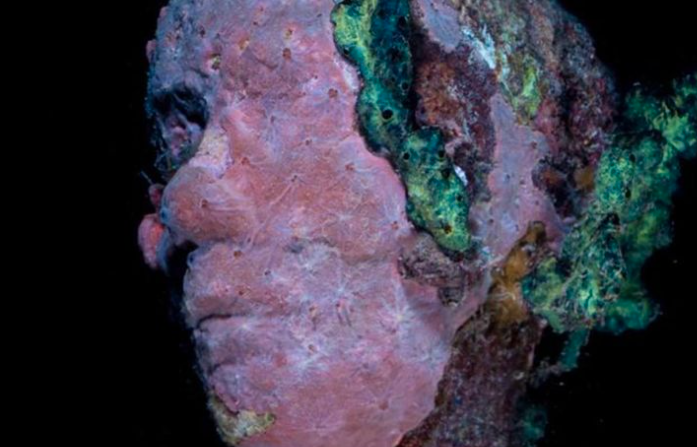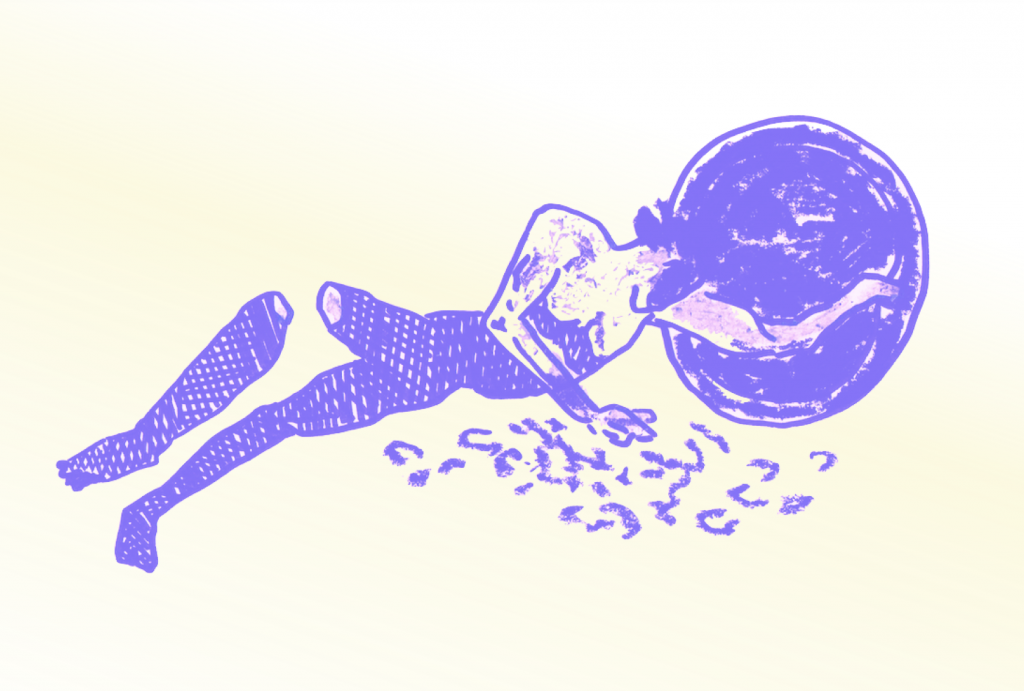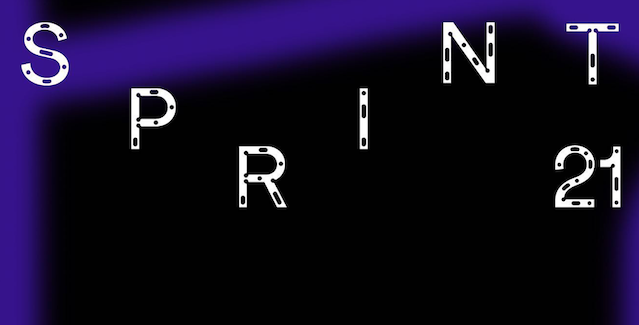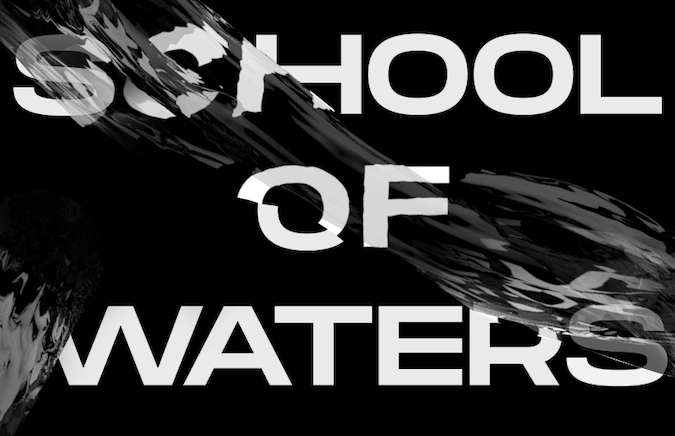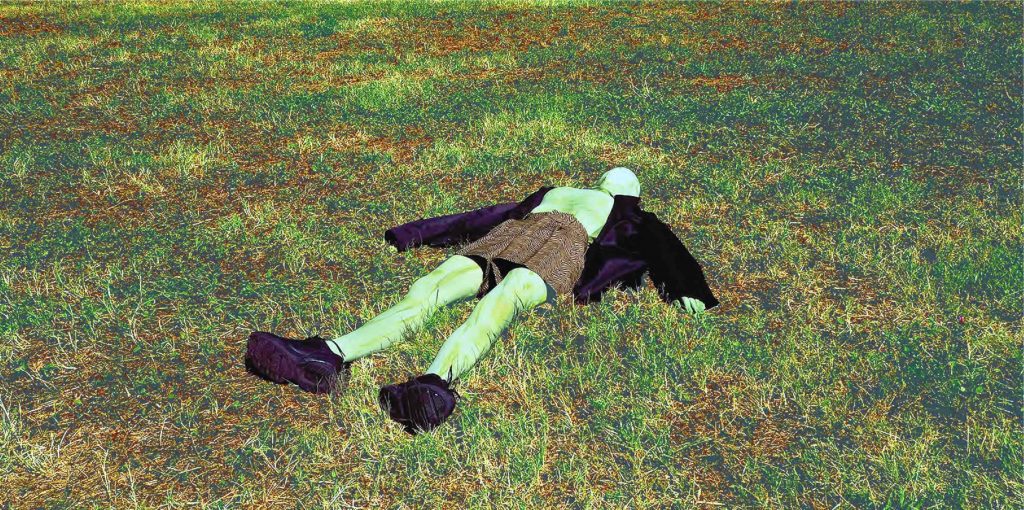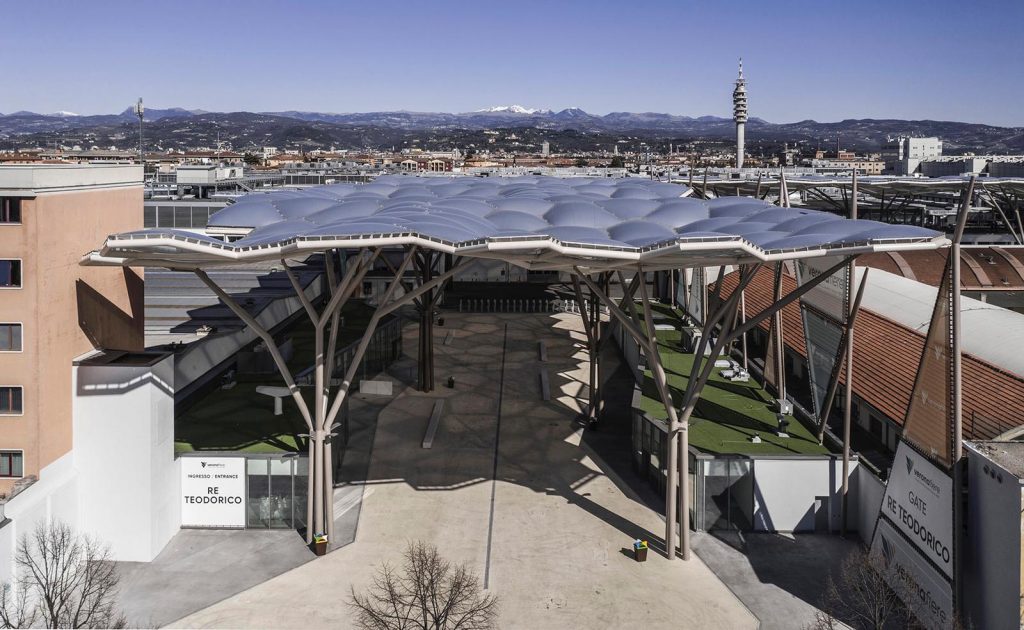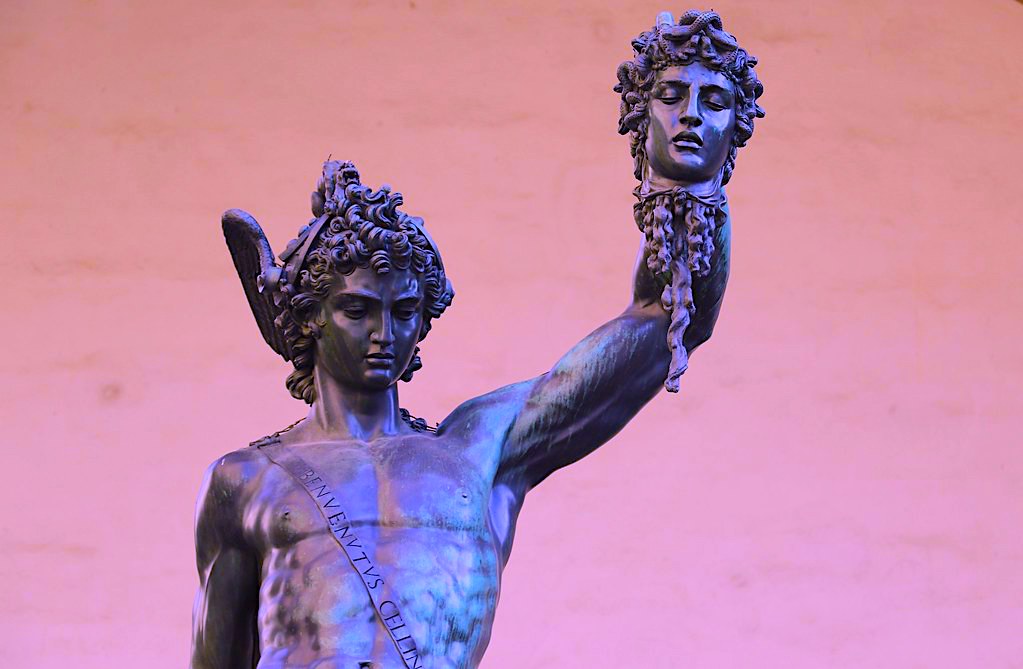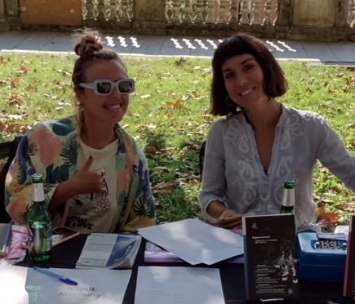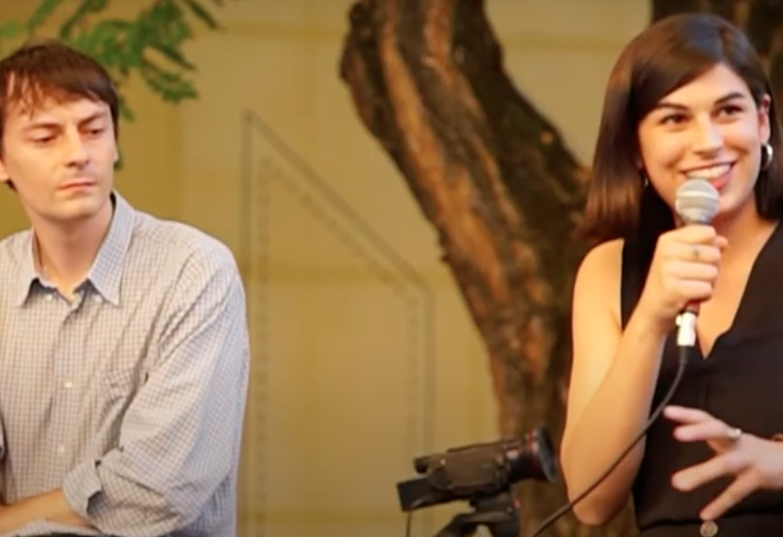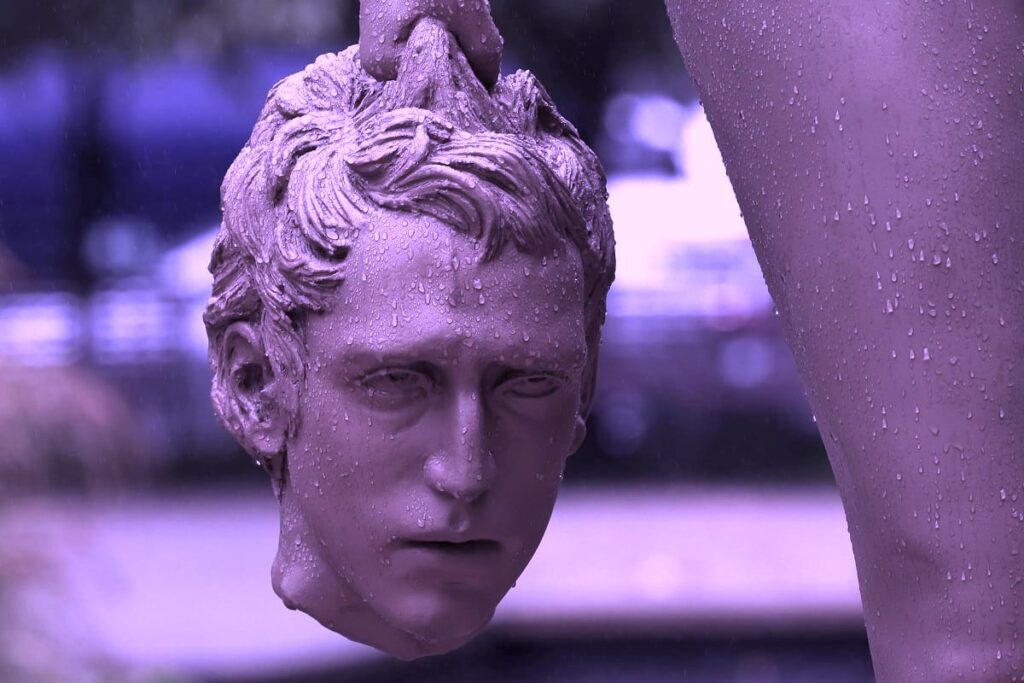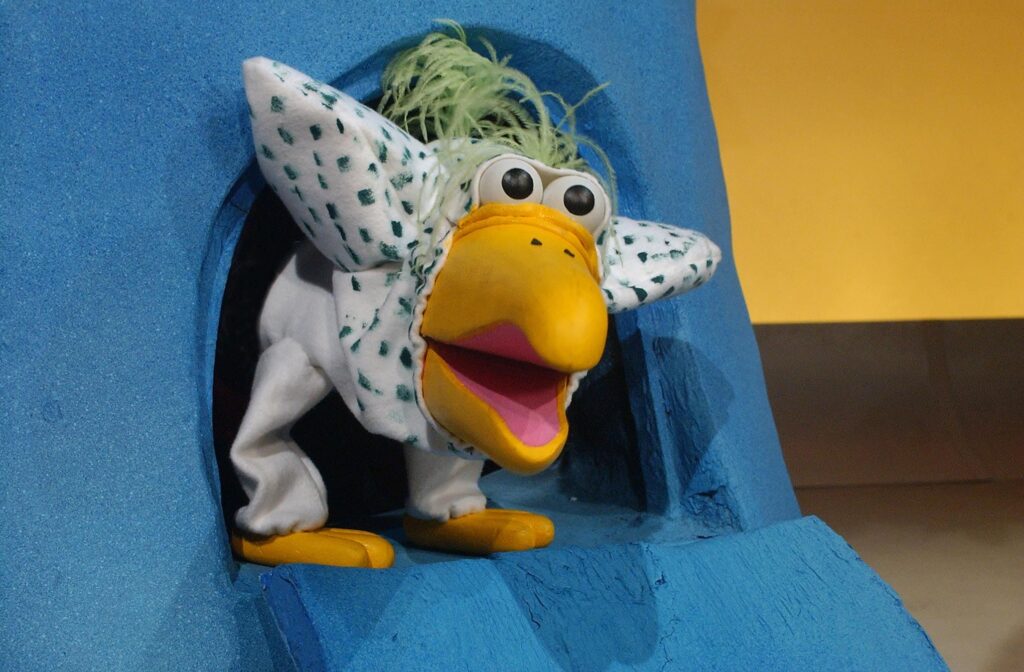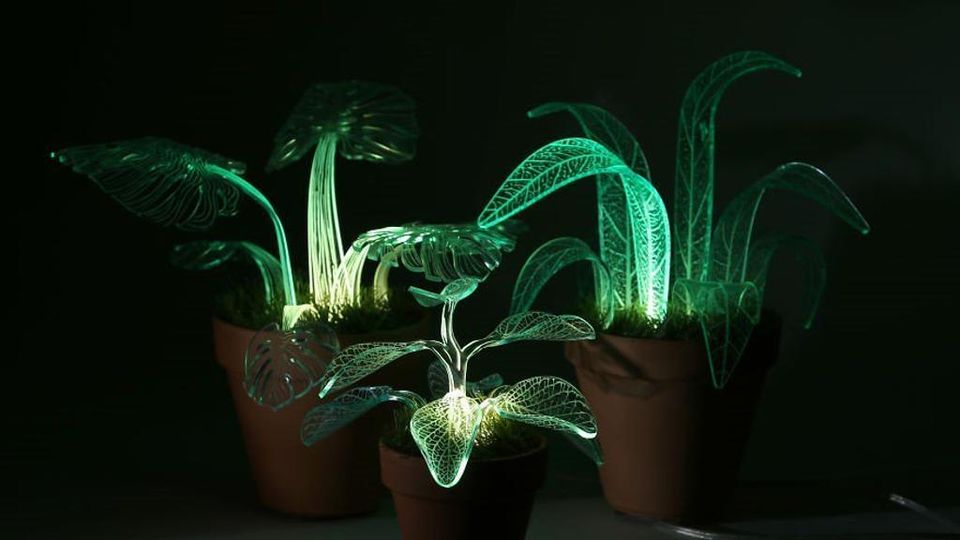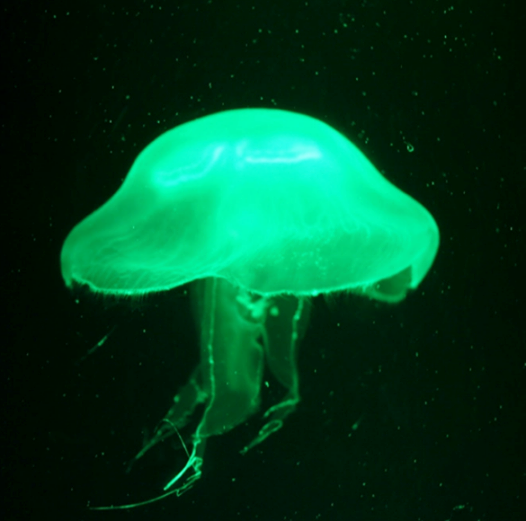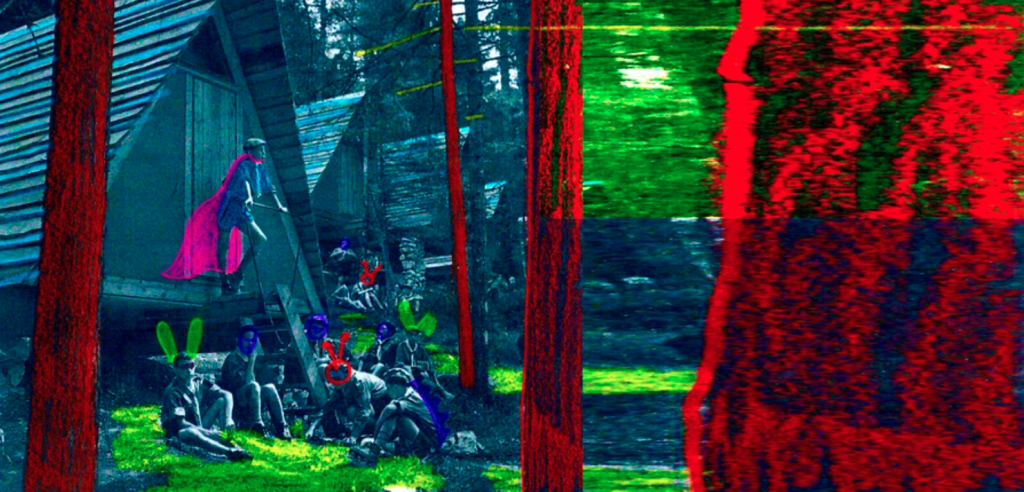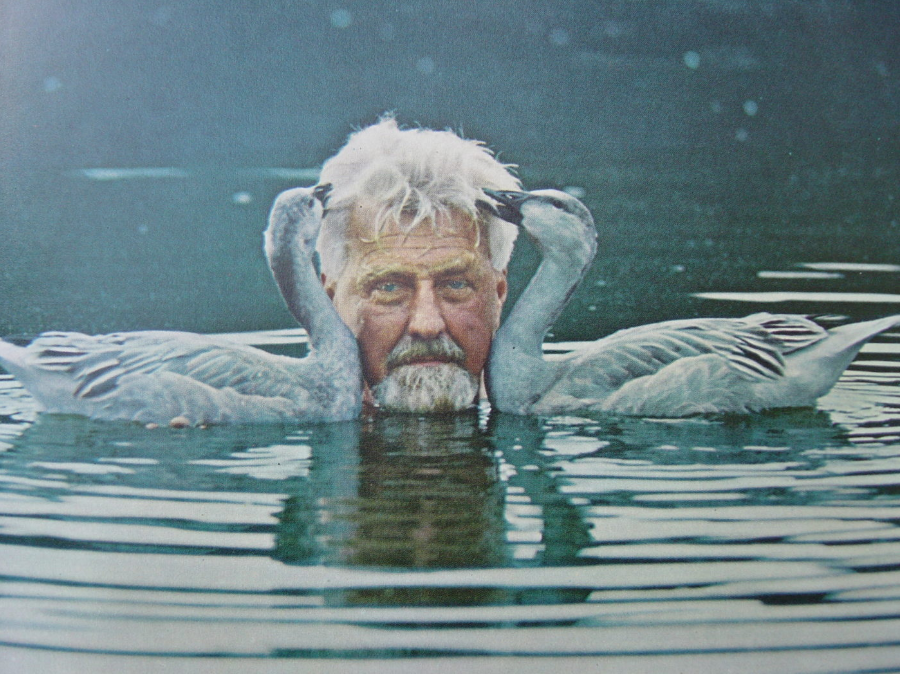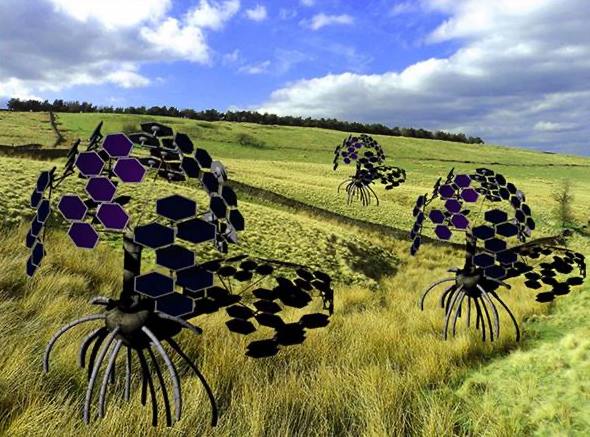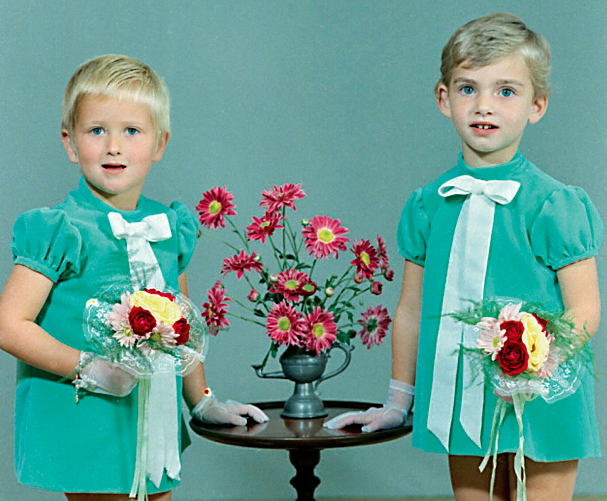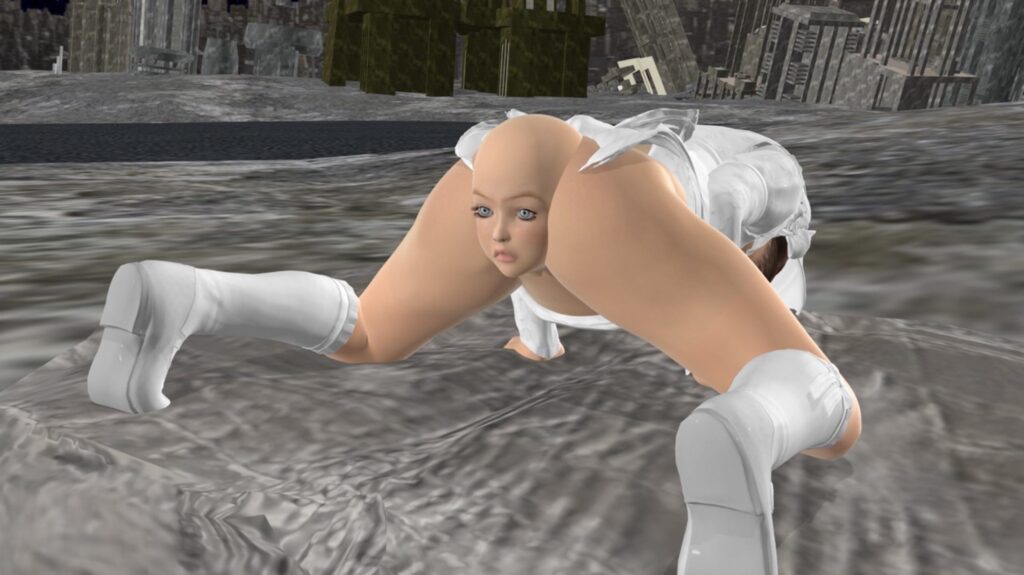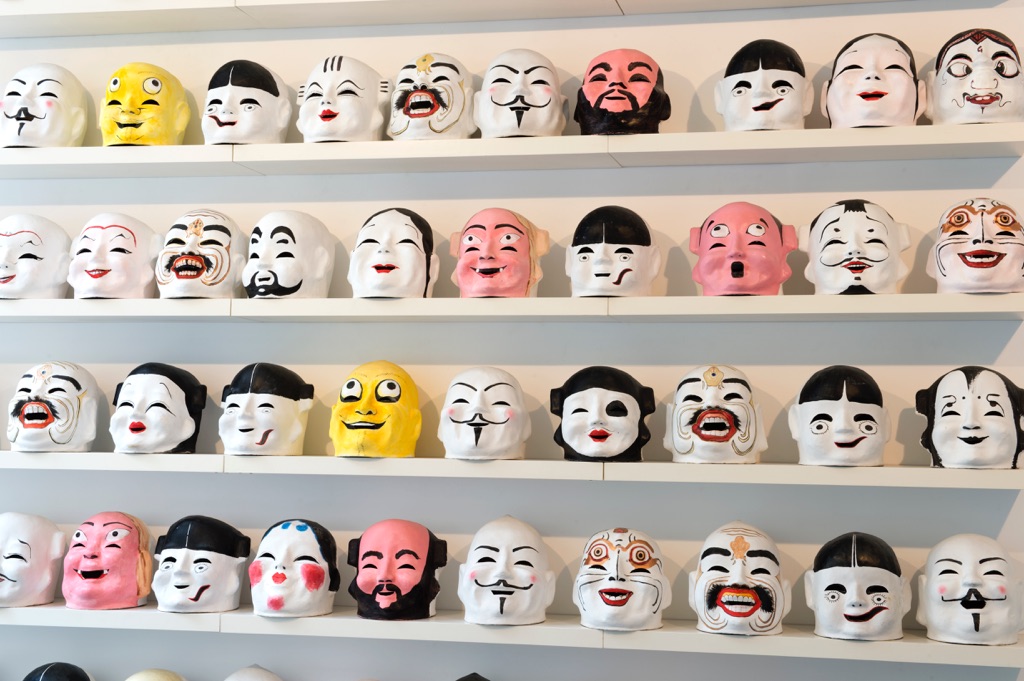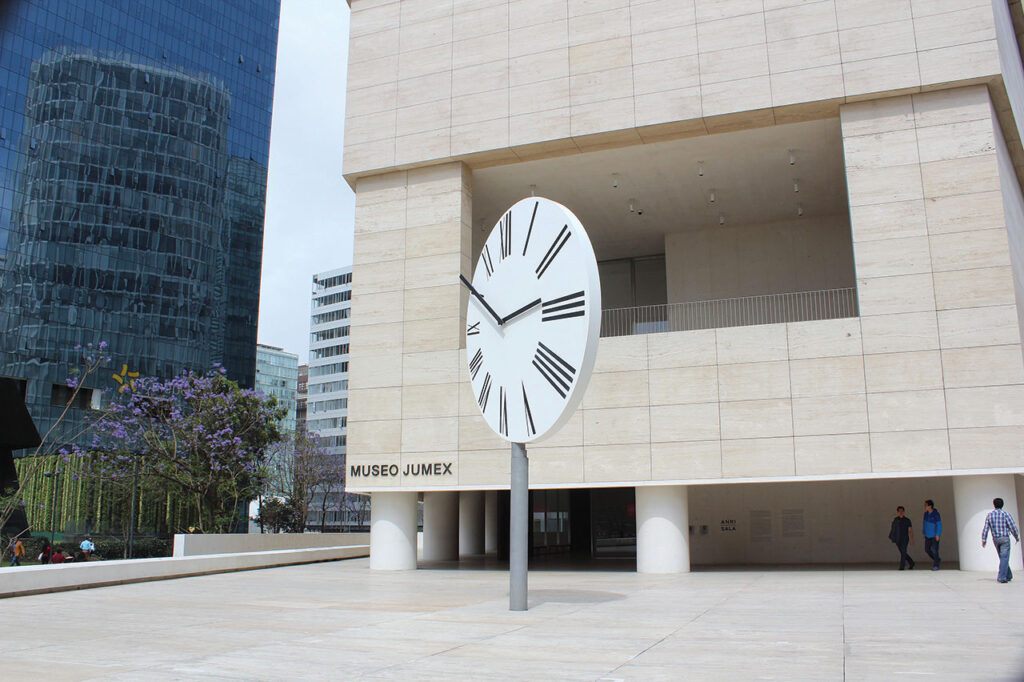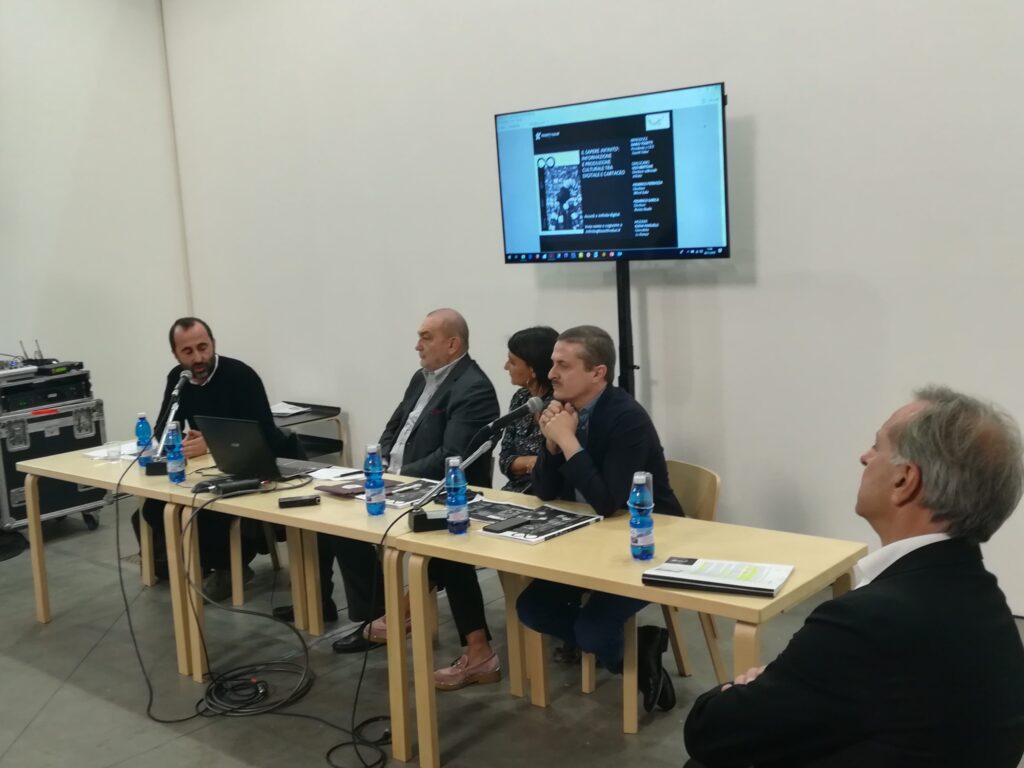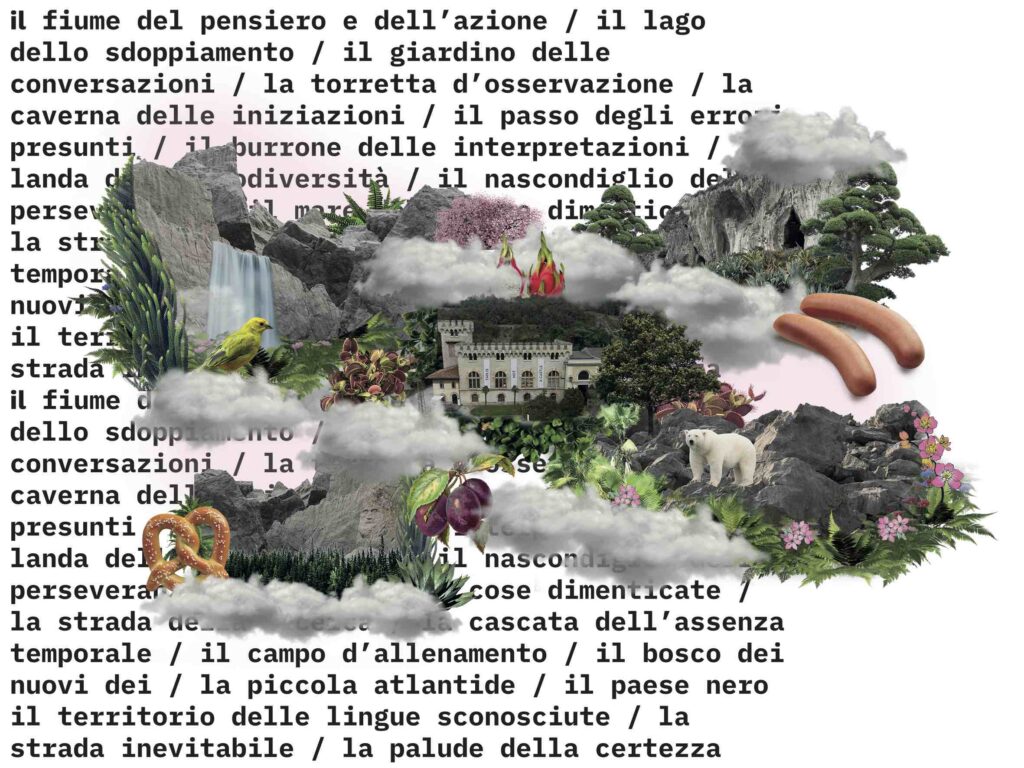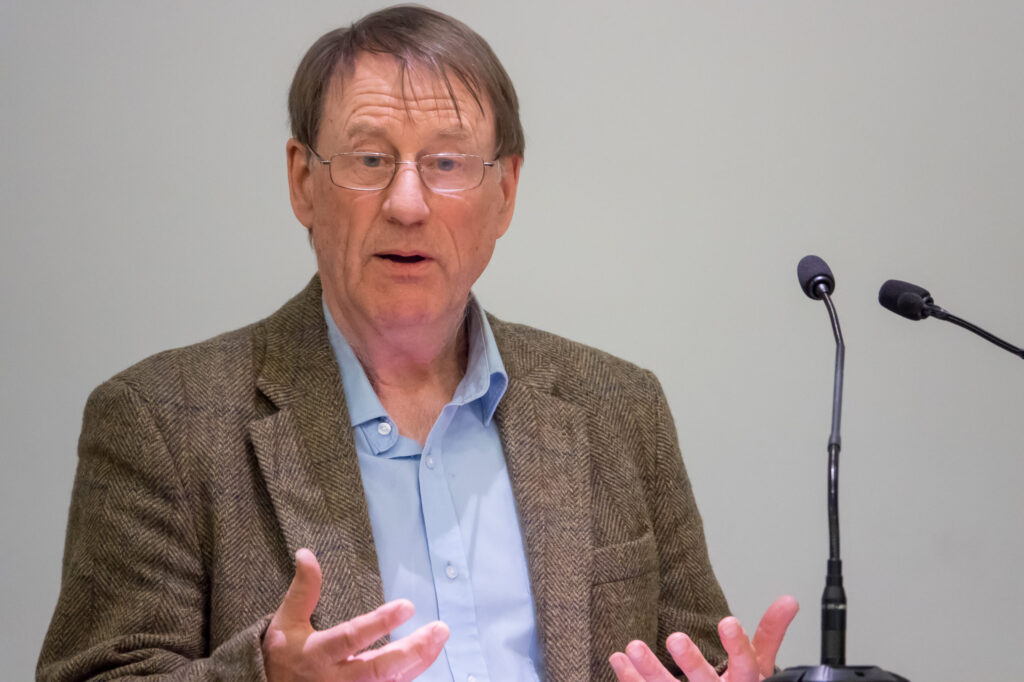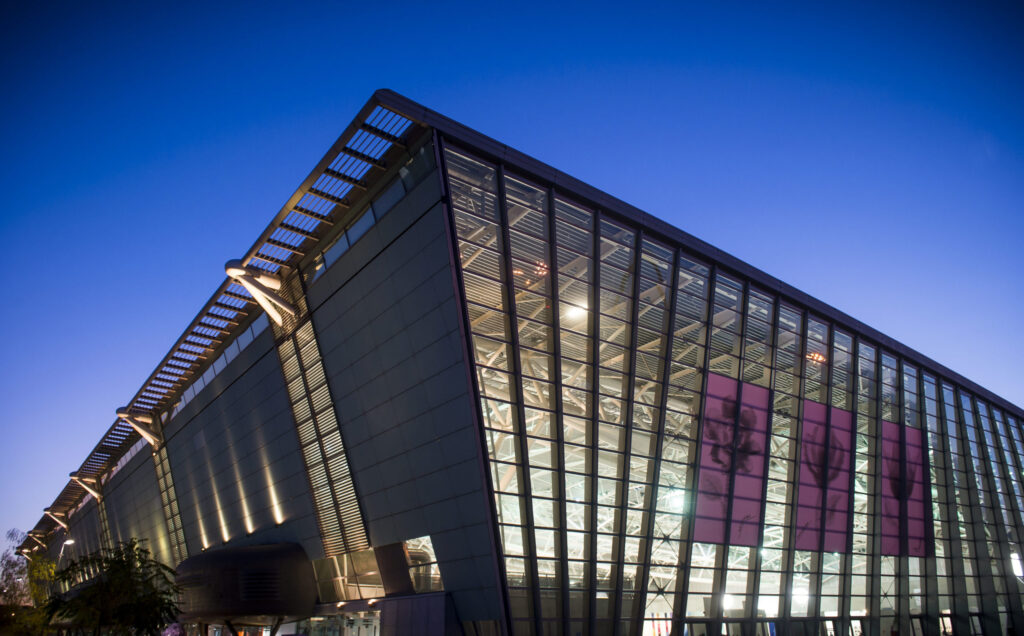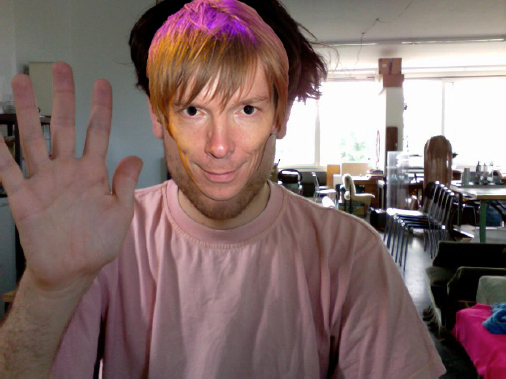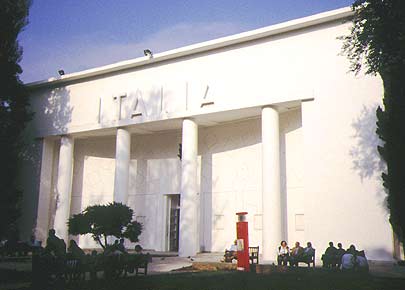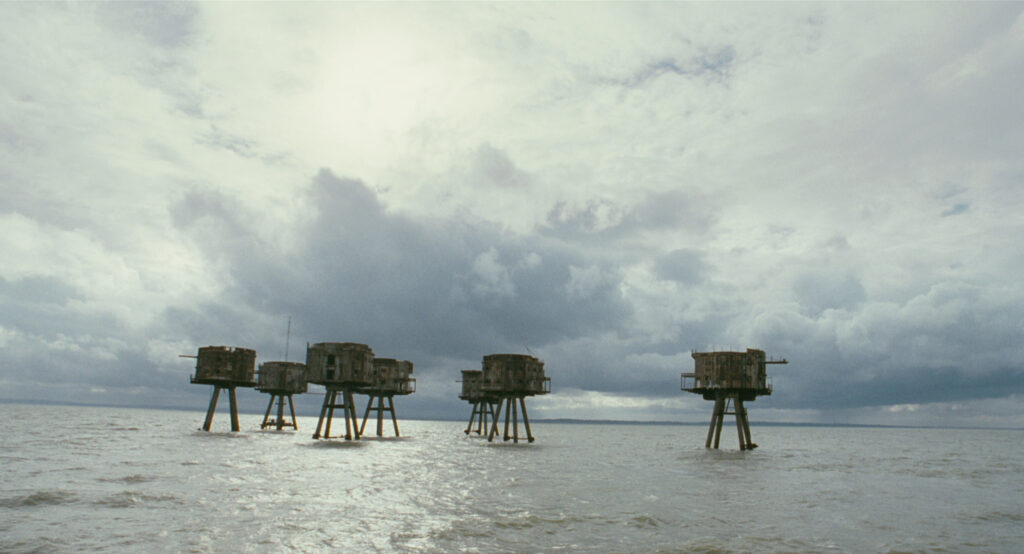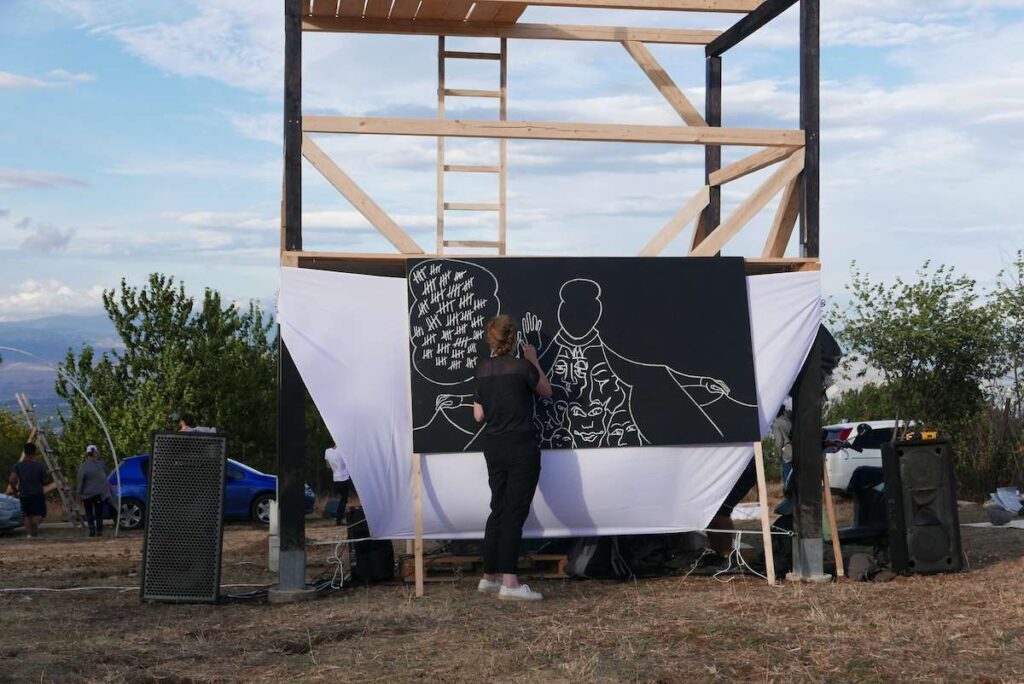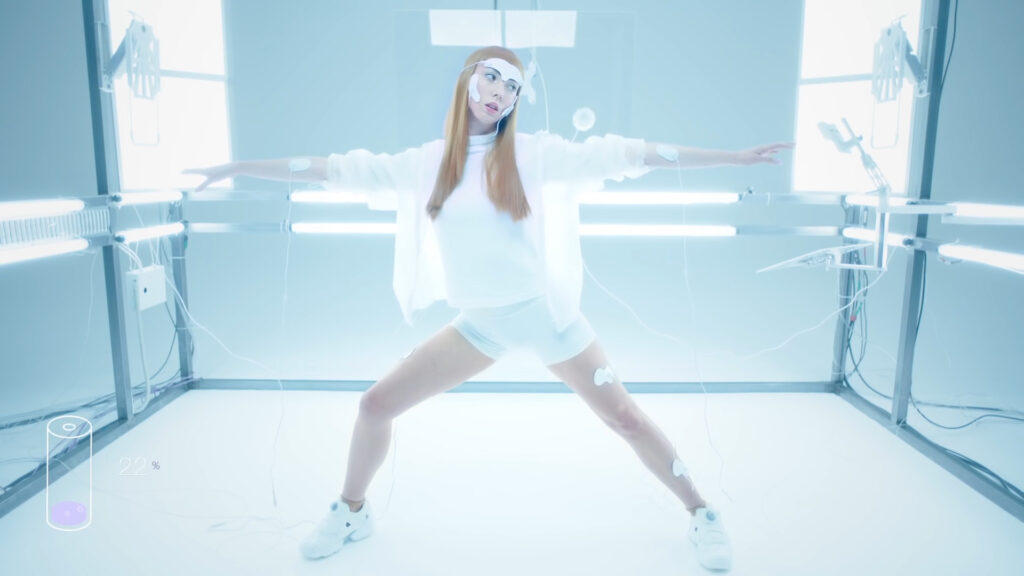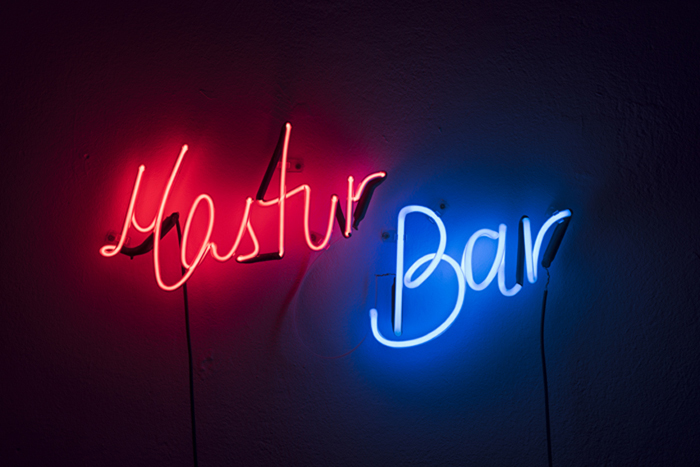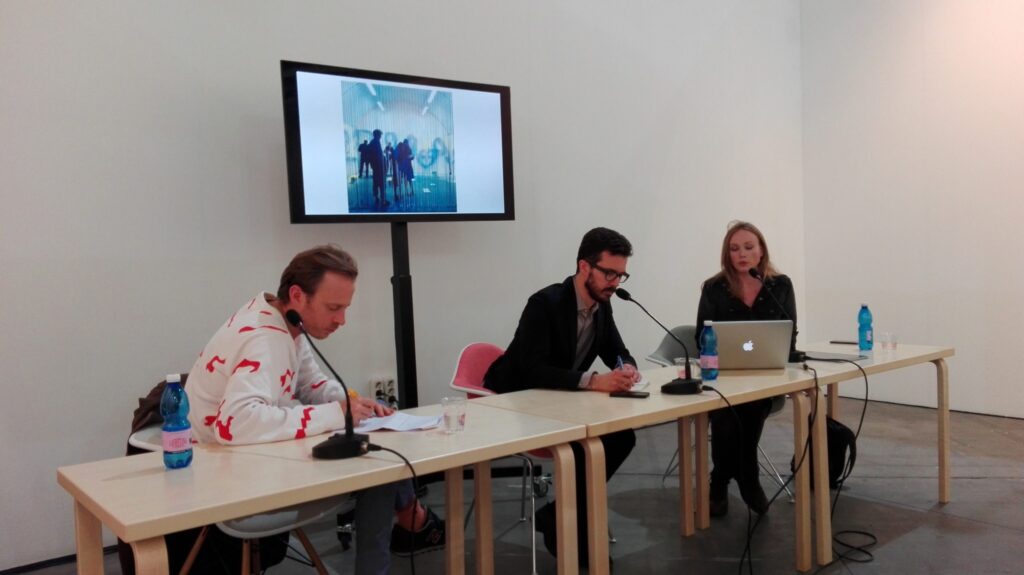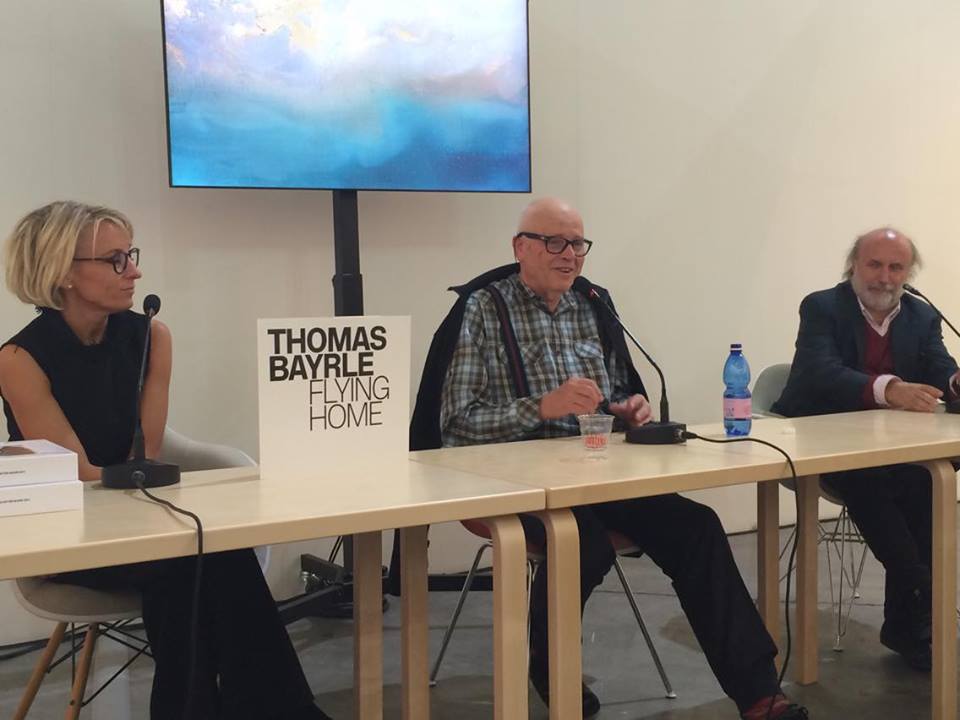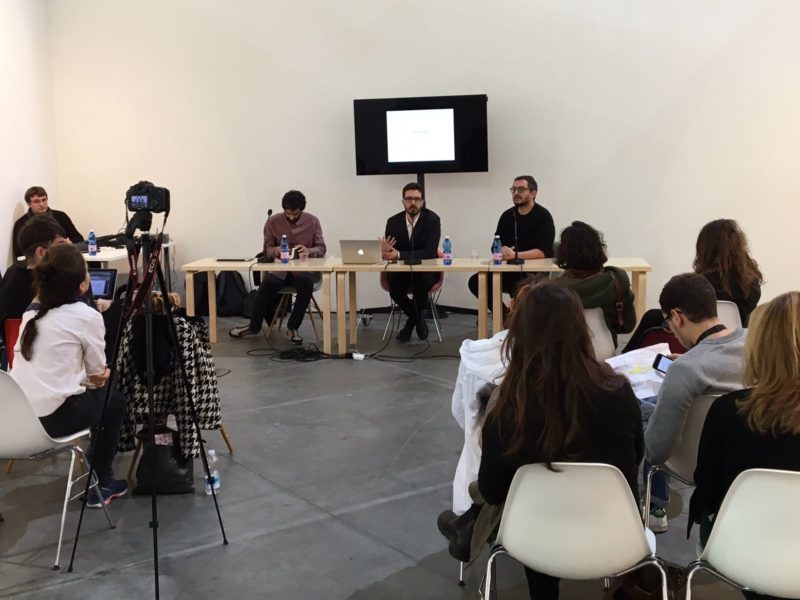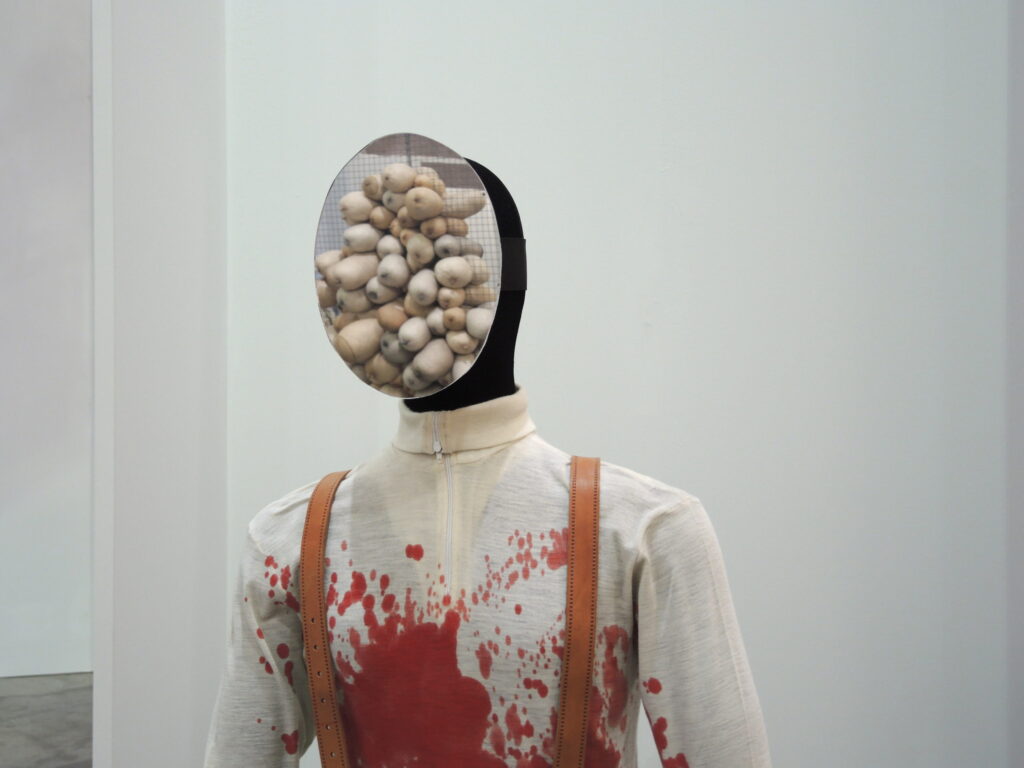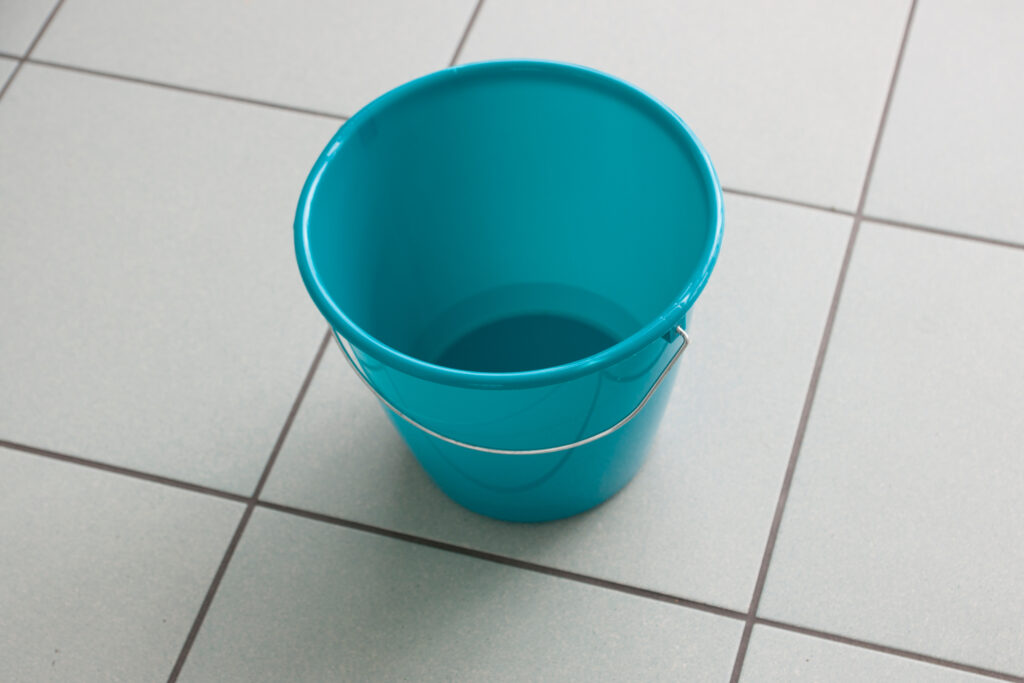 Fig. 2: Cavallo – Grotte di Lascaux – Francia – 15000-10000 a.C.
Fig. 2: Cavallo – Grotte di Lascaux – Francia – 15000-10000 a.C.
«The reaction was immediate. The blood flow was in proportion to how much the painting was liked».
Semir Zeki
According to Semir Zeki, official coiner of the term, none of the aesthetic theories can be called complete without an understanding of the neural substrates involved in the experience that it investigates. From this assumption, partly provocative, it comes the need to develop a neurobiological theory of the aesthetic experience that attempts to explain the mechanisms underlying the appreciation until the definition of “beautiful”. This ambitious goal, that seems to smell a bit too much of lab and mice lost in mazes, has caused and continues to cause outrage in artists, intellectuals and researchers. How is it possible to treat scientifically an event such as the so sensational aesthetic experience, engaging and at the same time fleeting, to come to the dizziness of Japanese tourists in a Vatican museum?
This question comes from a vision of science as a demystifying and sterile analysis of reality and, therefore, inapplicable to phenomena considered ineffable. In fact, the experimental observation, not for fanatics, has yes, descriptive and interpretative pretensions but not overbearing. The fear that a reductionist approach applied to higher psychological processes, because this is about, can detract from, not grasp or even ruin this experience, much to condemn it to a mere and cumbersome process, is extremely unfounded. Studying the processing mechanisms of the aesthetic stimulus does not trivialize the individual experience. Simply it allows us to get a small glimpse of fascinating and complicated systems that make possible to think about thinking. Too often, we self-perceive ourselves as pure intellectual beings, neglecting the anatomy and physiology of our body, although this is a necessary foundation for our brain activity. Research in this field would give the opportunity to understand certain effects, to discover unexpected reactions to the stimulus, to appreciate fine mechanisms that could be an inspiration to the art itself or in any case to human thought. It is not denied the complexity of the mind or dented the pleasure of aesthetic enjoyment. As well as a doctor will continue to feel attraction for the body and the philologist will have pleasure in reading regardless of their dedication to the matter.
What is, then, neuroesthetics? Officially established in 1994 with the publication of The neurology of kinetic art (Zeki, 1994), it is the study of perception, preparation, evaluation and production of stimuli from recognized aesthetic value. A spotlight on the interaction between the object and the subject that causes in the latter an intense feeling, usually pleasant. To achieve this it is necessary to look back, to reconstruct and understand the perceptual responses, emotional and cognitive to natural elements and artefacts.
The main assumption of neuroaesthetics is based on studies of processing external information. The perception of the stimulus does not involve an exact reproduction of it but its reconstruction. The mind uses the perceptual data and reworks them, interpreting them through cognitive schemes and internal representations. This leads to a kind of contamination of the raw data provided by perceptual organs, which are in turn not neutral witnesses of an external reality but tools at the mercy of memory and attention. Perception is connected with superior processes in an ongoing dialogue so as to be constantly affected in the final processes. This leads to a continuous exploration of the stimulus driven by internal processes as well as by external elements. For this reason, for example, in the famous optical illusion of Kanizsa, we see triangles, even though they are not actually defined but completed by ourselves (Kanizsa, 1955).
Similarly, the work of art does not present itself as a representative of reality, although inspired by reality, as a sign of the processing process of the mind. It is the product of perception, imagination, memory, of the artist’s expectations (and of the user later) and of knowledge. In the interpretation of reality, prince process is abstraction, the research activities of the main elements of the stimulus or those invariant properties in the changing context in which they are classified. The mind needs this process to self-represent the object’s essence, to attribute meaning and categorize it.
So the artistic process can be considered as «an extension of the fundamental activity of the brain» (Zeki, 1999), that is to say, the abstraction that is able to express concepts, situations or meanings through visual and audio artefacts. The development of this capacity would be related in fact to the first findings of artistic nature works in human history. Although the first evidence of intentional decorative purposes and manipulations of form tools are dated even 400,000 years ago (for example collections of pigments), a concrete artistic behaviour (defined according to the criterion adopted by Lewis-Williams) is traceable back to around 30,000 years ago, during the upper Paleolithic (although there are isolated oldest findings such as the Venus of Berekhat Ram dating back 230 000 years ago) as a result of the finding of non-manipulated objects non strictly utilitarian, including the first instruments of music. Despite the anatomical shape considered most modern of the homo species dates back to 100 000 years ago, it could be showed that it was necessary a neuroanatomical and neurophysiological next evolution for the development of cognitive skills necessary for the fundamental abstraction capacity for the production of art.
Of course, the research in neuroaesthetics does not have to get away from the scientific method, but must try to be still relevant to the study of aesthetics. This leads to the need for a multidisciplinary approach that is not limited either to the study of perception, nor to statistics on preference. Although it is necessary to study function by function, we must not underestimate the mutual self-conditioning processes and, therefore, the holistic view of the aesthetic experience. To achieve such an ambitious result we have to accept the multidisciplinary nature of the study, namely the need for different approaches to the same process. So we find among these contributions, studies on perception, many inspired by the laws of Gestalt, psychophysiology, and not just for the pleasure/disgust reactions, cognitive studies, essential for the preparation of the stimulus, anthropology and social psychology, for reflections on cultural influences, of psychoanalysis, given the unconscious importance in decision-making and emotional activities, and for the analysis of symbols and archetypes of beauty.
The process is roughly divided into three stages of development: the perceptive analysis, due to the sensorial-motor system, the emotigenal reaction, the result of all the systems involved in the emotion, and the cognitive analysis, due to the attribution of systems of meaning and criticism that generate the aesthetic judgment. There is a continuous bi-directionality between such mechanisms due to a continuous subconscious influence. So that art education, for example, is not only essential for the aesthetic judgment but for the same perceptual exploration, and a personal projection of emotigenal character will not be alien to the psychophysiological approach that we have with the stimulus.
In a research in neuroaesthetics, there are some fundamental questions:
1) The role of the formal characteristics of the stimulus
2) The role of culture and experience
3) The role of subjectivity
4) The adaptive function in evolutionary terms
The first issue to be addressed, as is natural to think, relates to the stimulus properties to which one can attribute an aesthetic value. Despite the different reactions, we see how some peculiarities of stimuli tend towards a similar appreciation. In the western culture, the ancient Greece is taken as an example of attention to the universal apparent characteristics of beauty. Although aesthetics will be made official as branch of philosophy only from the eighteenth century onwards, the reflections of classical culture on the formal aspects of items considered “beautiful” have influenced and continue to influence the research on these topics. The vision of reality in strictly mathematical terms led to a surgical research of symmetry, harmony and eurythmic. A vision which gave hyperbolic importance to the form for the search of ideal and absolute beauty. The most emblematic legacy of this effort is the golden ratio, a proportion that shows a principle of development present in nature and, apparently, perceived by man as principle of harmony.
The importance of harmony for the creation of “beauty”, although existing, was however, overstated and exasperated thereby denying other aspects that appear to contribute to the aesthetic experience. It has been investigated the importance of the delicate interplay between the familiar and the pleasure in the violation of the expected. The reward systems of the brain are very sensitive to this balance between reassurances of known and predictable, but that excessively may cause boredom, and expectation and violation of it, which generates surprise, pleasure for the new interpretation, but that it can also generate frustration and refusal. Hence the support of theoretical models such as the processing fluency (Reber, Schwartz and Winkielman, 2004), the effect of prototypicality (Martindale, 1984), the peak shift and the mere exposure and the study of problem solving. Ramachandran (2003), to identify the effects of culture on the entire mechanism, has dedicated himself, by contrast, to the attempt to locate a constant core in appreciation and aesthetic production, and beyond the great variability of styles both historical and geographical.
He has identified ten laws, due to common perceptual mechanisms underlying the intentionality of each human brain engaged in an artistic way: 1) the hyperbole; 2) perceptual grouping; 3) the resolution of perceptual problems (problem solving); 4) the modular isolation; 5) the contrast; 6) symmetry 7) the suspect and/or aversion for suspicious coincidences and singularity; 8) the repetition, rhythm and order; 9) recognition; 10) the metaphor. These laws, inspired by the Gestalt movement, are well supported by numerous studies on perception and, therefore, can be considered as the basis of what is pleasant. But as Ramachandran at the same time well says, this is nothing but the art basis. So even if the perceptual ease, mainly due to the symmetry, is pleasant, it is not the only thing that causes pleasure in the user of an art-work.
The inability to identify a universal beauty brings to the second, fundamental question in the treatment of this subject: the impact of culture with respect to individual differences. Culture and art education refine instinctive pleasures due to perception by making sure that the aesthetic judgment is tied to a certain need for originality and, at the same time, reference to past artistic stimuli with which the person came in contact. In the culture of a people they create references and traditions, which entered the imagination of the individual, it will affect the enjoyment and artistic production. They also create symbols that are re-managed in new styles and forms. Gombrich in this regard states that «every painting is more in debt with the other paintings seen by the observer than with the actual portrayed world».
The emotigenal components of the aesthetic experience are based on all the systems that determine the emotion. Here they come into play personal projections and empathy as well as the game of muscle tension/relaxation. To advance in the research on the matter is necessary to be grounded on a clear theory of emotion. In particular, one usually refers here to the inheritance due to the James-Lange theory that emotions are generated by specific physiological changes that signal every sensation. The awareness of the emotion would arise, therefore, from a self-reporting of sensation. Cupchik divided the emotigenal responses to aesthetic stimulation in two levels: the first consists of the sensations purposes (subtle feelings) and the second from the rough emotions (coarse emotions). The first are the response to the stimulus configuration and consist of bodily sensations such as pleasure and arousal, general excitation of the nervous system). They match, then, in a first evaluation of the perceptive reconstructions viewed above. The latter are formed by the reworking of the first through the mnemonic associations generating in the subject. It comes by itself that they are more subjective and contingent responses, as well as closely related also to the meaning that is attributed to the stimulus. From here, Cupchik outlines two emotigenal processing models, the reactive and the reflective, based respectively on the two levels of emotigenal answer. The author sums up his ideas by saying that the configuration stimulates sensations, meaning stimulates the emotions.
Then there is the attitude, the inclination for certain mental activities, that is, as propensities of personalities affect the aesthetic appreciation. For example, personalities open to new experiences will tend to prefer artistic works less naturalistic and more abstract.
The final issue involves a search in evolutionary terms of the utility of man aesthetic experience. The processing of the stimulus is also subjected, or, better, first of all subjected, to evolutionary mechanisms, hence residues of an era in which the danger was not primarily defined in terms of social information but by immediate analysis of the stimulus mediated by instinctive mechanisms regulating reactions of disgust, attraction, attack-escape. So, the appreciation for landscapes would be due to an assessment of the chances of survival in it according to need and experience. The beauty of the faces and the body in general would be born as a proxy to show good health and good genetic makeup, and the need to recognize the positive elements for reproduction and at the same time, be sufficiently motivated toward them. In addition, there are studies that speak of appreciation and artistic production as major factors of social cohesion. From their ritual function to the attractiveness in the group for anyone who take care of the aesthetic aspect of elements manipulation.
Neuroesthetics, therefore, aims at a description that can be said to be multifactorial and, therefore, a full aesthetic experience, that is, a psychological moment, due to the synthesis of the perceptual data processed through memory, expectation, emotional reactions and cognitive assessments, during which one feels pleasure for a disinterested contemplation of objects. The preference is considered a conscious evaluation conditioned by a series of constraints, from the perceptual approach to the work in presence of an artistic education. So the aesthetic experience presents itself as a mixture of cognitive methods of perception, universal influences of some stimuli, physiological decoding processes, cultural influences, personal projections and psychophysical state at the moment of perception. The study of this experience entails, therefore, the analysis of these elements. The reconstruction of the work of art is the complex basis of the aesthetic experience. But, as it is important to remember, «The whole is more than the sum of its parts».
More on Magazine & Editions
Magazine , PLANARIA - Part II
Ecosistemi cognitivi
Ovvero l’individuo come rete autopoietica.
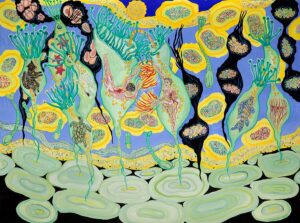
Magazine , PLANARIA - Part II
Su ciò che ci lega al mondo
Filosofia dell’entanglement.
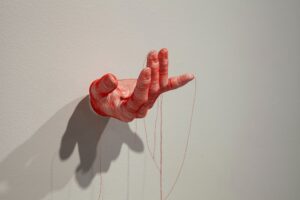
Editions
Embody. L’ineffabilità dell’esperienza incarnata
Il concetto di coscienza incarna per parlare di alterità e rivendicazione identitaria
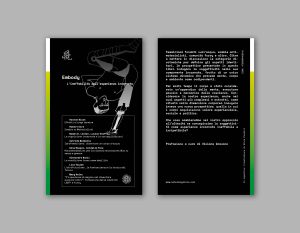
Editions
Printed edition
Assedio e mobilità come modi per stare al mondo: le prime ricerche di KABUL in edizione limitata.
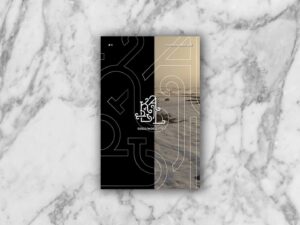
More on Digital Library & Projects
Digital Library
The Artful Brain
Il neuroscienziato Ramachandran descrive gli Universali Artistici attraverso 10 leggi riferiti a meccanismi percettivi evoluzionisticamente giustificati.
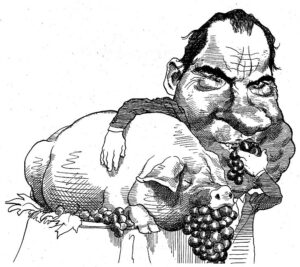
Digital Library
La tanatopolitica e il suicidio per mano della società
"Il tempo è finalmente scaduto... Non sono una brava persona, ho fatto cose cattive. Ho ucciso, e ora è tempo che mi uccida": su guerra e pandemia per disaffermare la biopolitica.
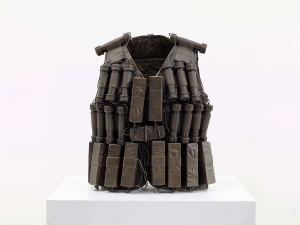
Projects
KABUL ft. Sprint
Si è concluso Sprint 2023
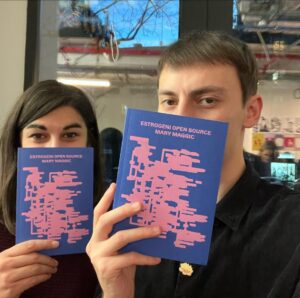
Projects
#CFP23 | AUTOCOSCIENZA
La call for papers di KABUL magazine dedicata al tema dell’autocoscienza nel contesto sociale e culturale contemporaneo

Iscriviti alla Newsletter
"Information is power. But like all power, there are those who want to keep it for themselves. But sharing isn’t immoral – it’s a moral imperative” (Aaron Swartz)
-
Laureata in Neuroscienze all'Università degli Studi di Padova, ha collaborato nella ricerca scientifica in particolare nell'ambito della Neuroestetica. È psicologa e psicoterapeuta specializzanda a orientamento cognitivo costruttivista. Lavora come consulente nell'ambito delle valutazioni dello stress lavoro-correlato presso COM Metodi; si occupa di consulenza e divulgazione scientifica, supporto psicologico individuale e di gruppo. Fa parte del board curatoriale, è cofondatrice e managing editor di KABUL, magazine online che tratta di arti e culture contemporanee, casa editrice indipendente e associazione culturale no-profit dal 2016.
A. Chatterjee, O. Vartanian, Neuroaesthetics in Trends in Cognitive Sciences, Vol.18, N.7, July 2014.
G. C. Cupchik, Emotion in aesthetics: Reactive and reflective models, Scarborough College, Life Science Division, University of Toronto, Toronto 1994.
E. Dissanayake, What is art for?, Washington University Press, Seattle 1988.
E. Dissanayake, Homo aestheticus: Where art comes from and why, New York: The Free Press, New York 1992.
E. H. Gombrich, L’immagine e l’occhio, Einaudi, Torino 1985.
W. James, C. Lange, The James-Lange theory of emotions: A critical examination and an alternative theory, «American Journal of Psychology», 1927, 39, pp. 106-24.
J. D. Lewis-Williams, The Evolution of Theory, Method and Technique in Southern African Rock Art Research, «Journal of Archaeological Method and Theory», 2006, 13 (4), pp. 341–375.
S. K. Lynn, J. Cnaani, D. R. Papaj, Peak shift discrimination learning as a mechanism of signal evolution, «Evolution», 2005, 59 (6), pp. 1300-5.
C. Martindale, K. Moore, Priming, prototypicality, and preference, «Journal of Experimental Psychology: Human Per- ception and Performance», 1998, 14, pp. 661-670.
G. H. Orians, J. H. Heerwagen, Evolved responses to landscapes, in J. H. Barkow and L. Cosmides (a cura di), The adapted mind: Evolutionary psychology and the generation of culture, Oxford University Press, New York 1992, pp. 555-579.
G. Kanizsa, Margini quasi-percettivi in campi con stimolazione omogenea, «Rivista di Psicologia», 1955, 49 (1), pp. 7–30.
Z. Kapoula, Q. Yang, M. Vernet, M. Bucci, Eye Movements and Pictorial Space Perception: Studies of paintings from Francis Bacon and Piero della Francesca, «Cognitive Semiotics», 2009, 5, pp. X-XX.
M. Kubovy, On the Pleasures of the Mind, in D. Kahneman, E. Diener, N. Schwarz (a cura di), Well-being: Foundations of Hedonic Psychology, Russell Sage Foundation, New York 1999, pp. 134-54.
V. S. Ramachandran, Che cosa sappiamo della mente, Mondadori, Milano 2006.
R. Reber, N. Schwarz, P. Winkielman, Processing fluency and aesthetic pleasure: is beauty in the perceiver’s processing experience?, «Personality and Social Psychology Review», 2004, 8, pp. 364-82.
V. Ruggieri, L’esperienza estetica – Fondamenti psicofisiologici per un’educazione estetica, Armando, Roma 2006.
A. Zahavi, The handicap principle: A missing piece of Darwin’s puzzle, Oxford University Press, New York 1997.
R. B. Zajonc, Attitudinal Effects Of Mere Exposure, «Journal of Personality and Social Psychology», 1968, 9, pp. 1-27.
D. W. Zaidel, Neuropsychology of art. Neurological, cognitive and evolutionary perspectives, Taylor and Francis group, New York 2005.
S. Zeki, M. Lamb, The neurology of kinetic art, «Brain», Jun 1994, 117 (pt. 3), pp. 607-36.
S. Zeki, La visione dall’interno. Arte e cervello, Bollati Boringhieri, Torino 2003.
M. Zuckerman, R. S. Ulrich, J. McLaughlin, Sensation seeking and reactions to nature paintings, «Personality and Individual Differences», 1993, 15, pp. 563-576.
KABUL è una rivista di arti e culture contemporanee (KABUL magazine), una casa editrice indipendente (KABUL editions), un archivio digitale gratuito di traduzioni (KABUL digital library), un’associazione culturale no profit (KABUL projects). KABUL opera dal 2016 per la promozione della cultura contemporanea in Italia. Insieme a critici, docenti universitari e operatori del settore, si occupa di divulgare argomenti e ricerche centrali nell’attuale dibattito artistico e culturale internazionale.
